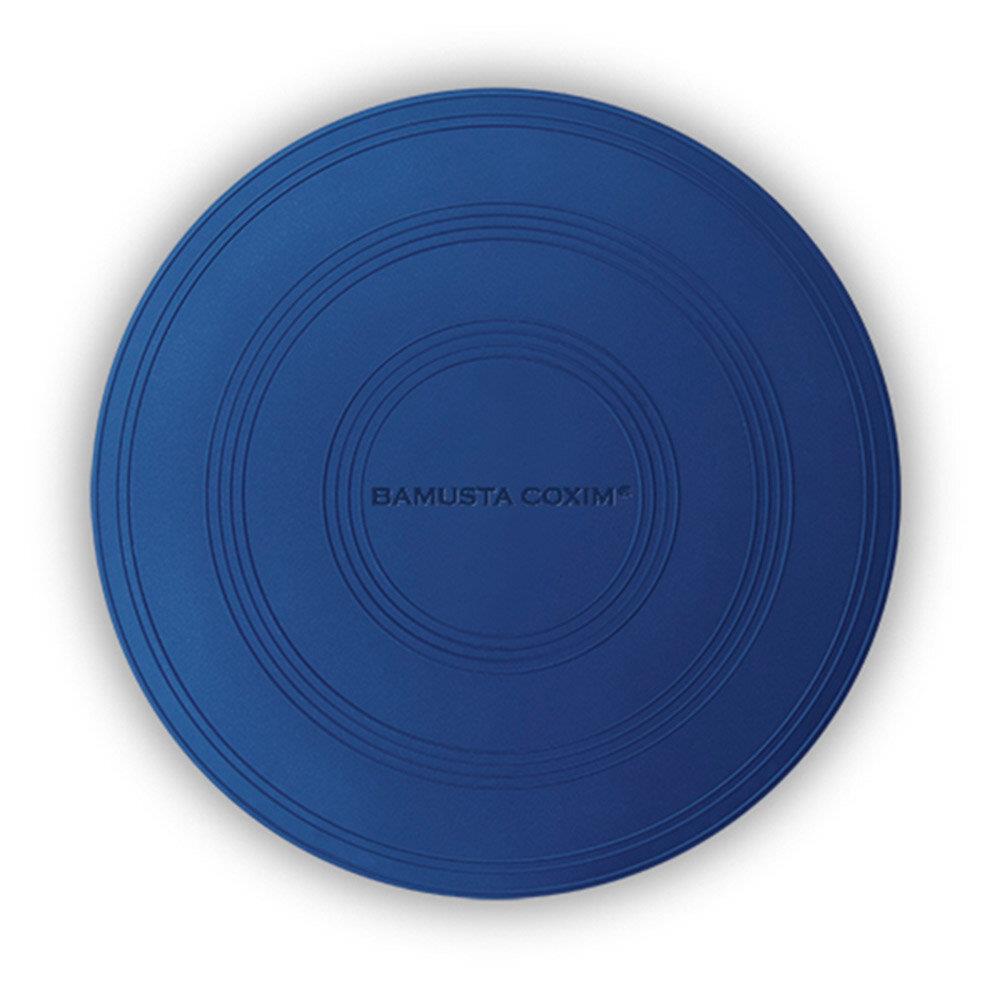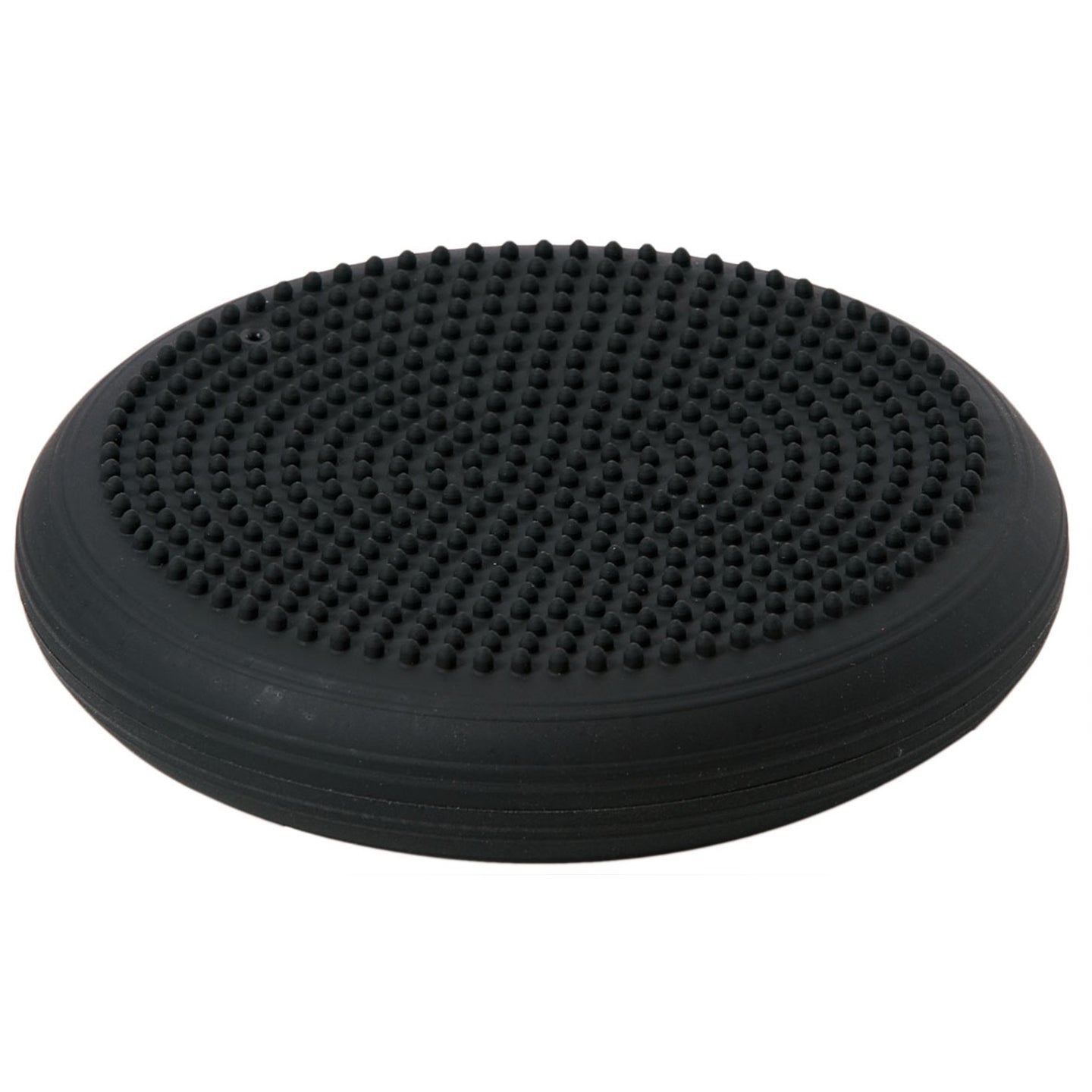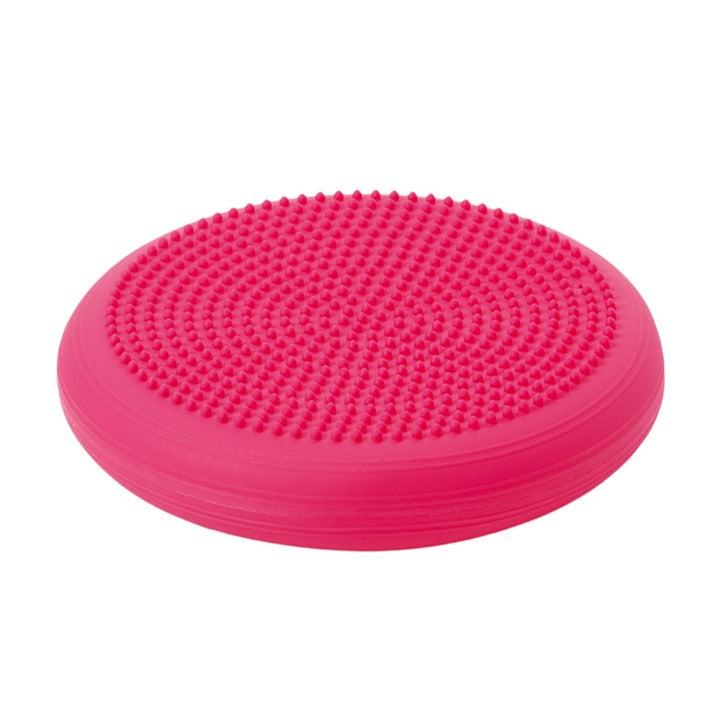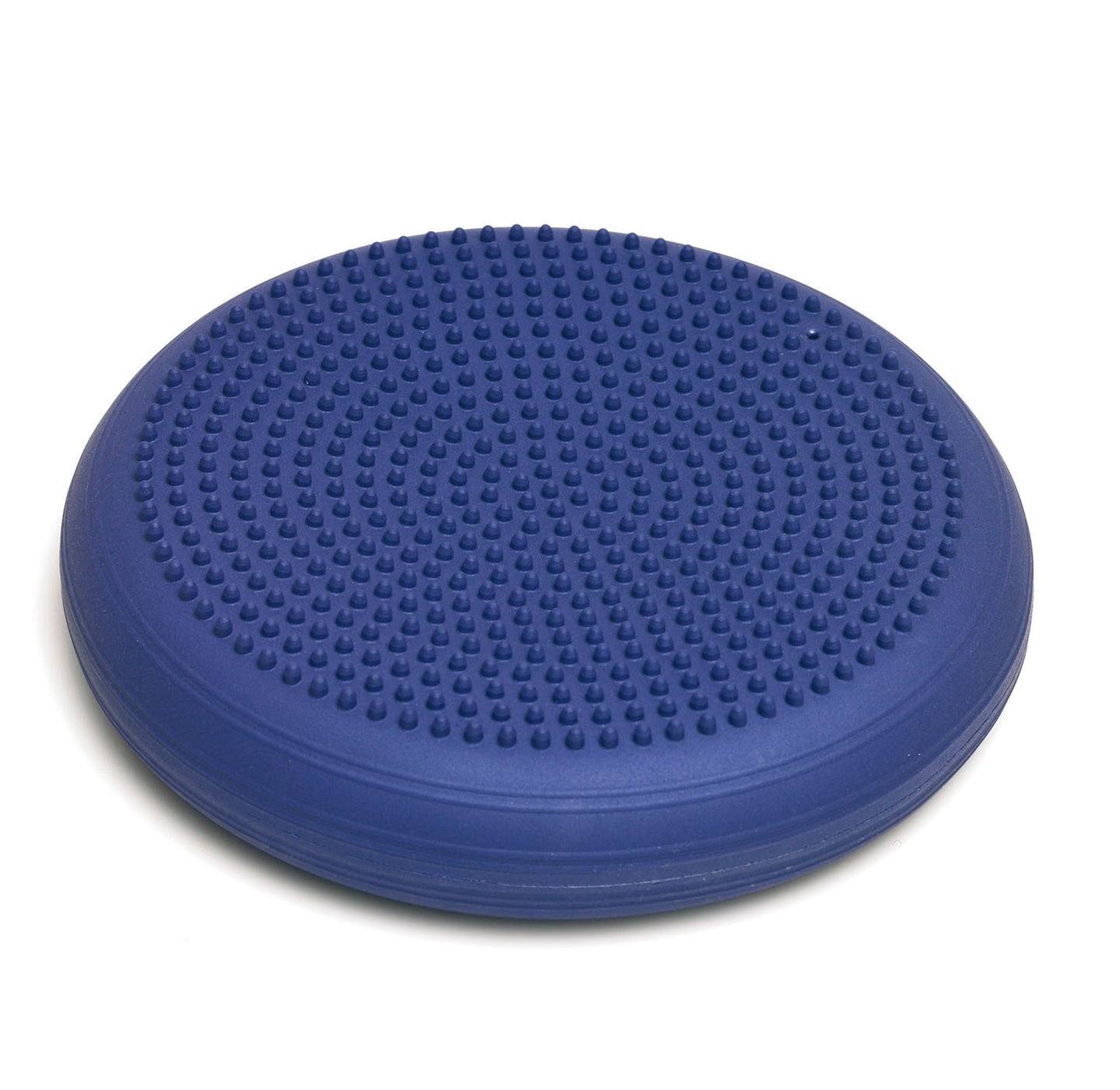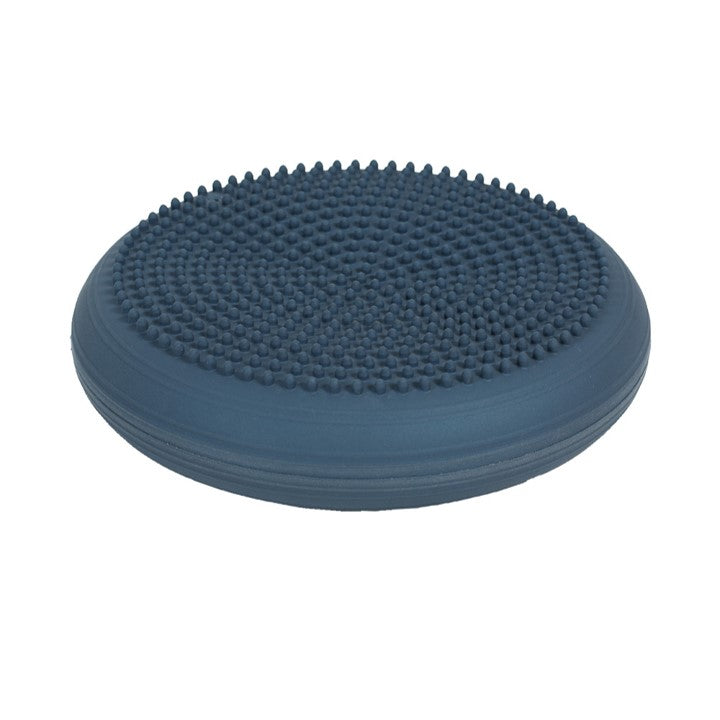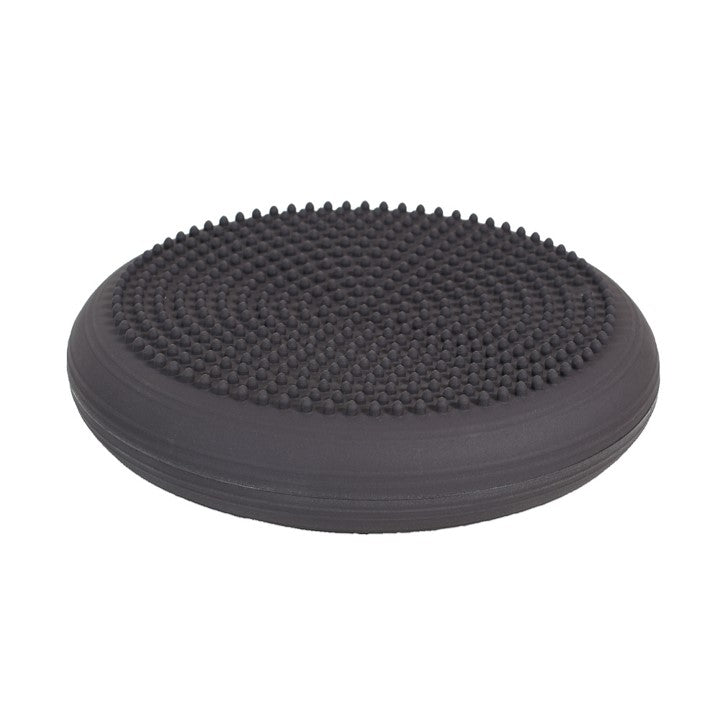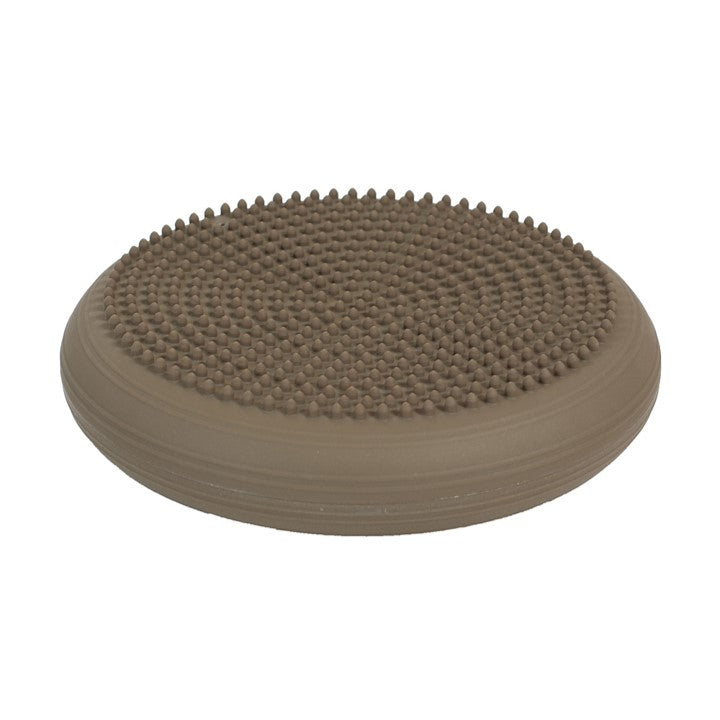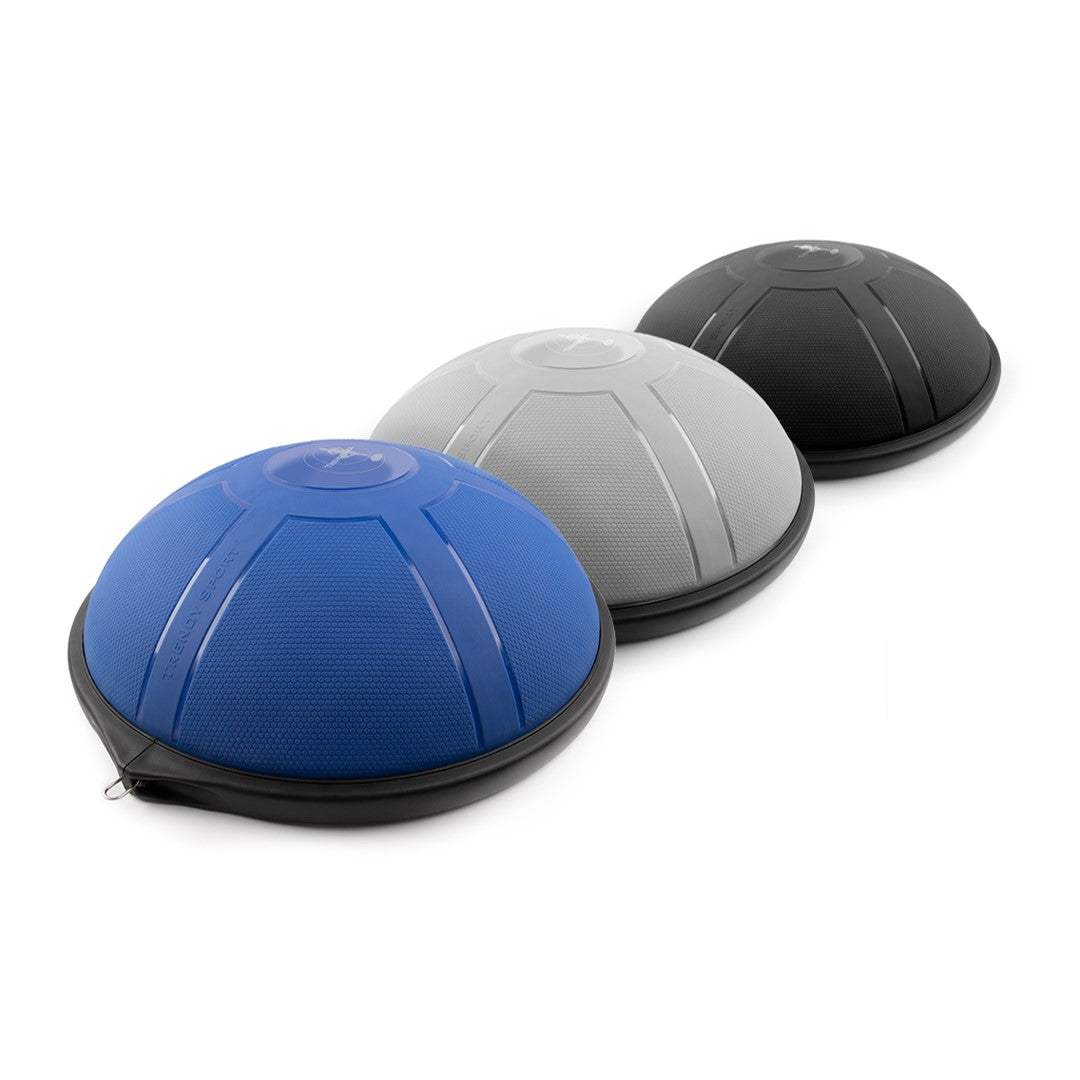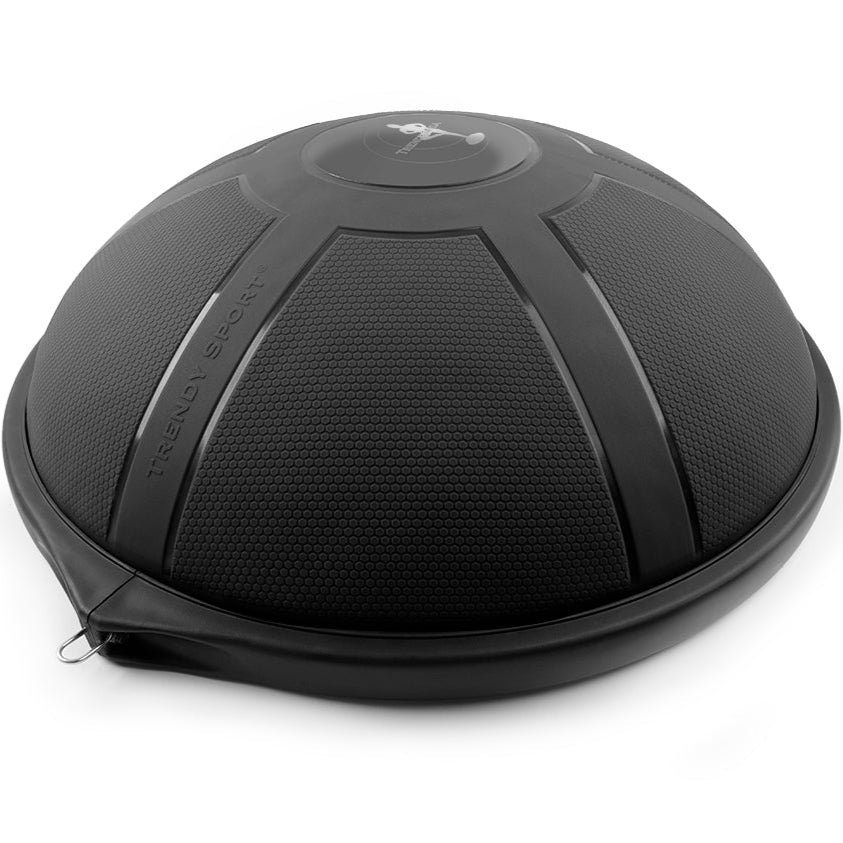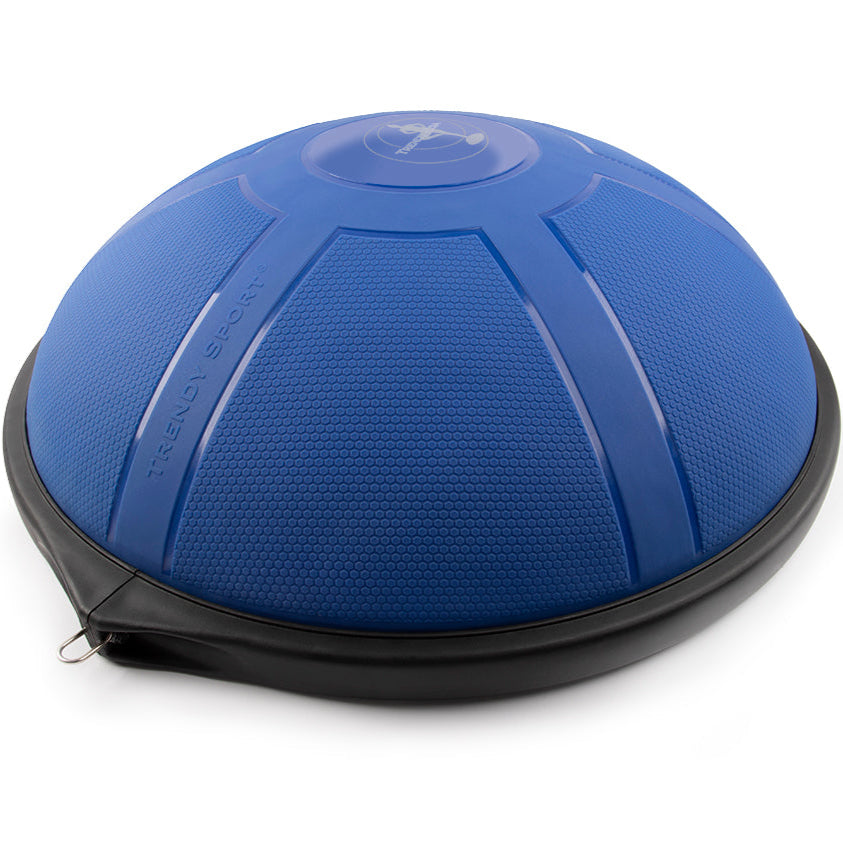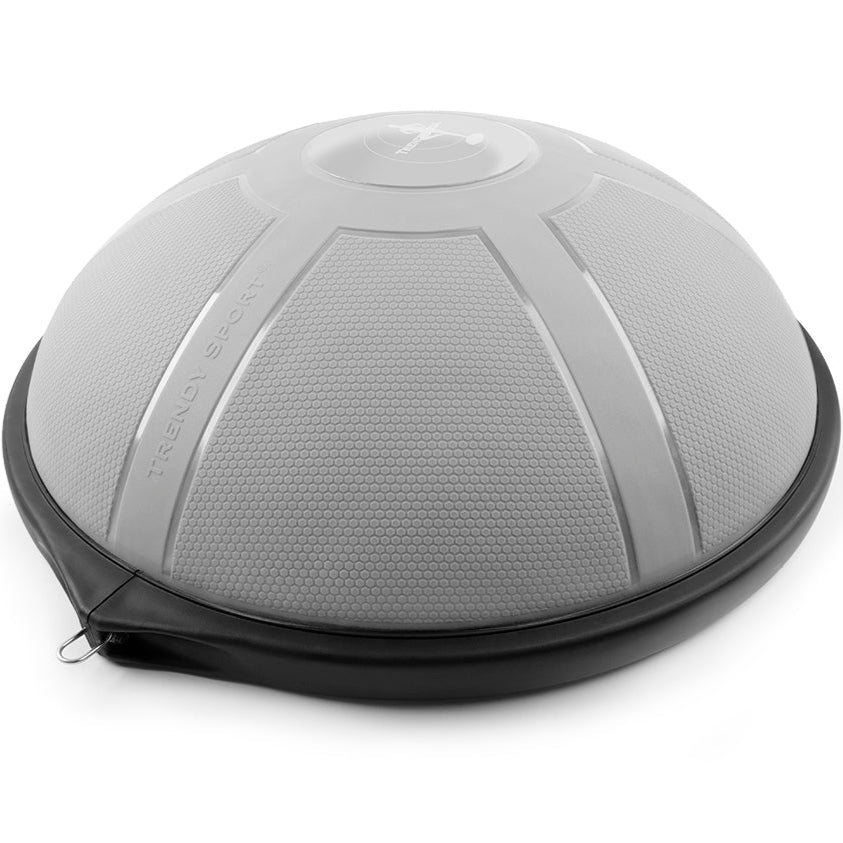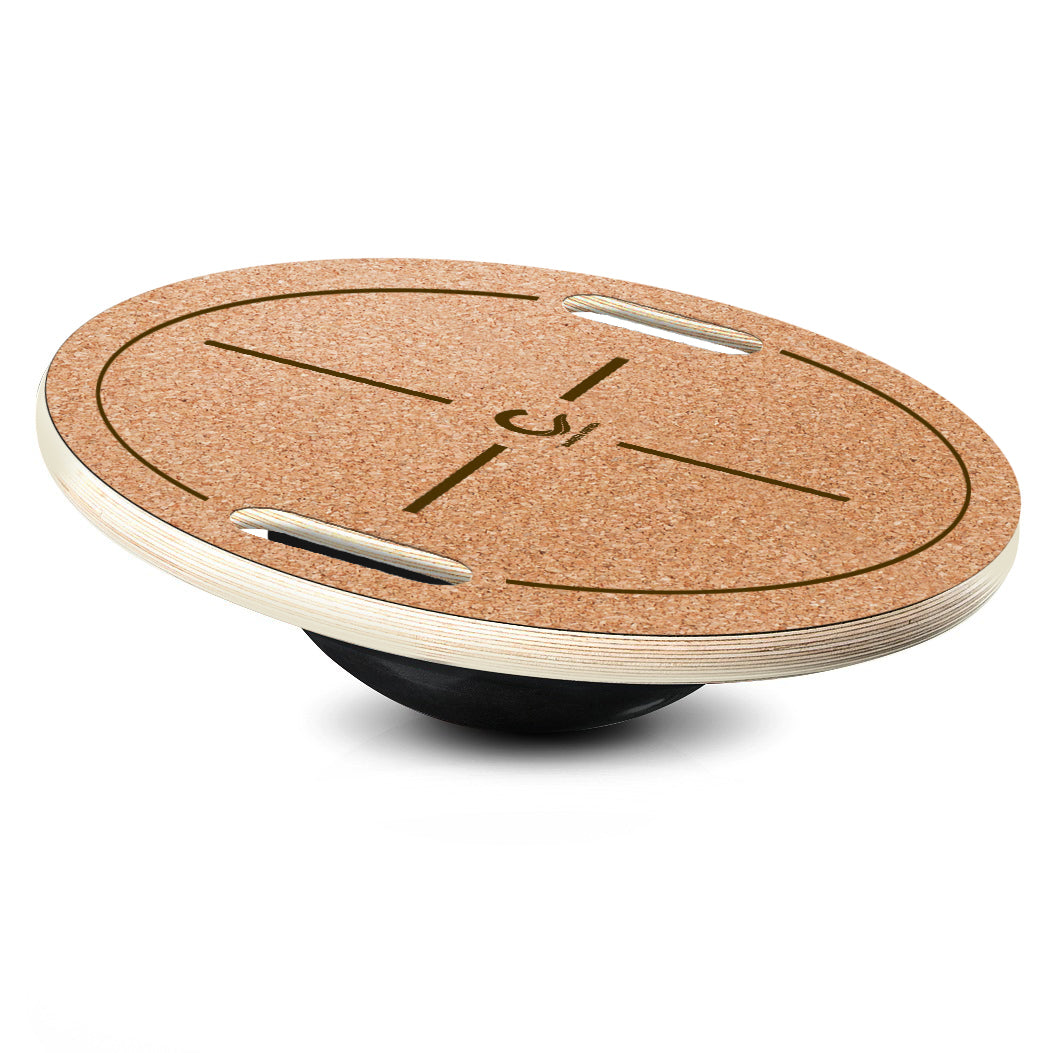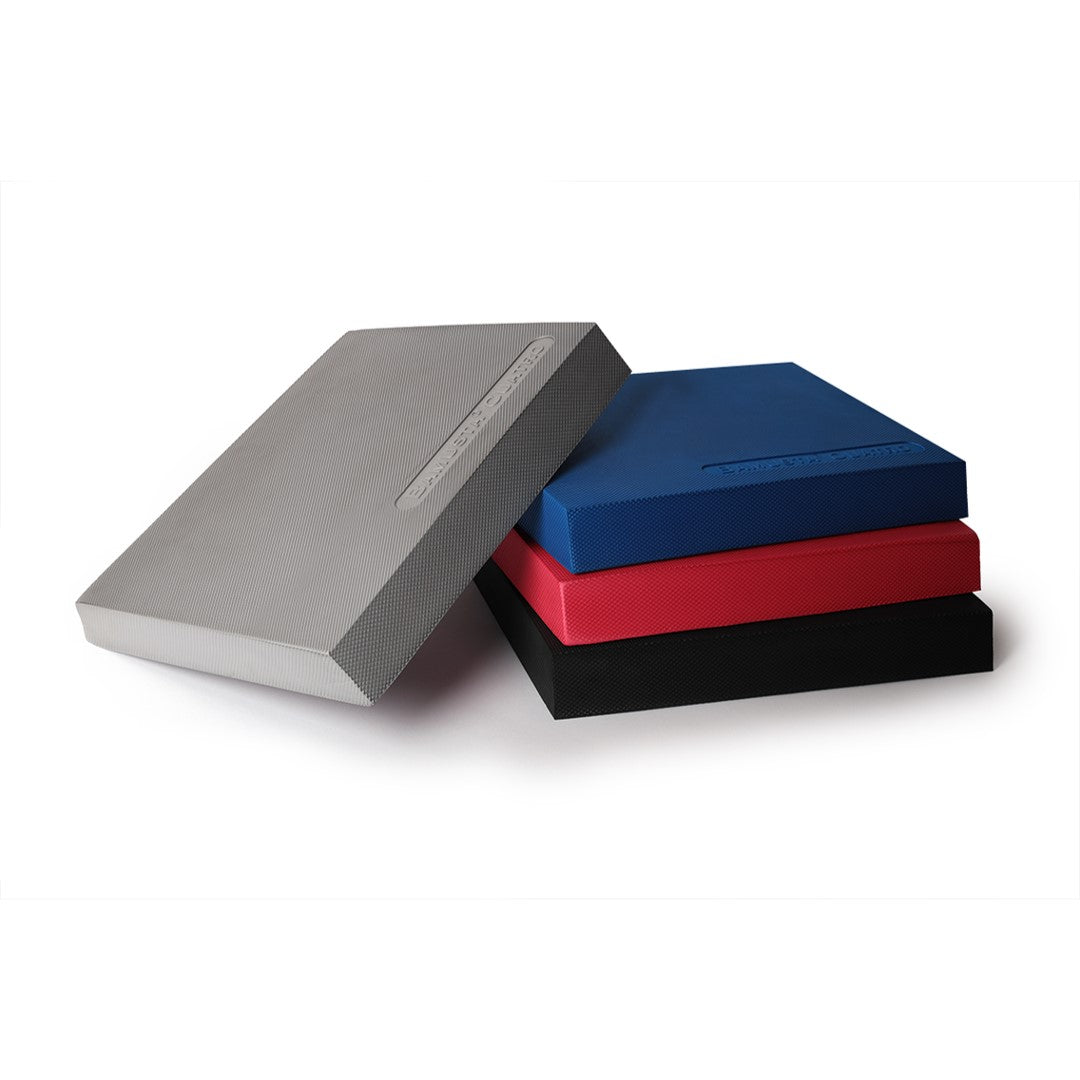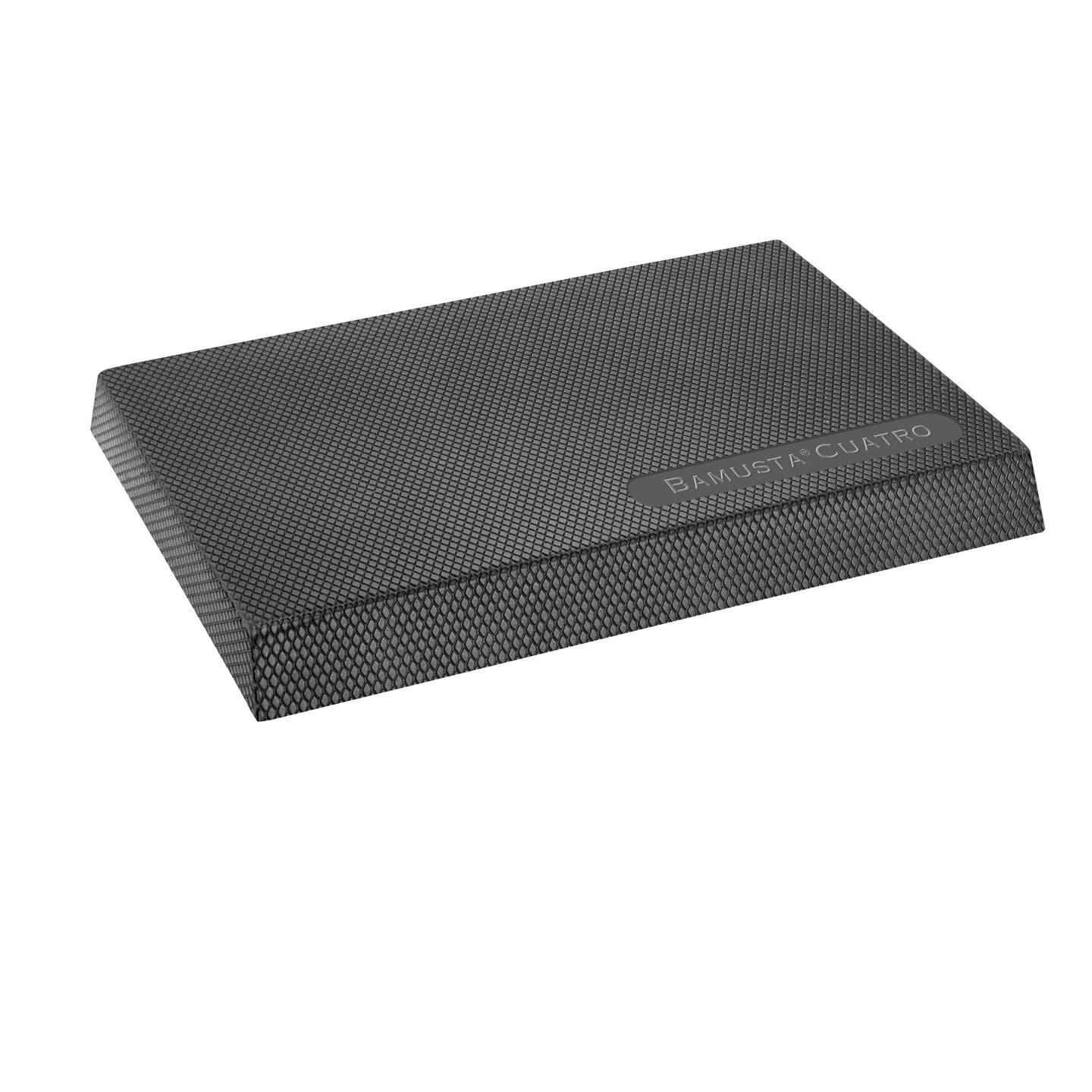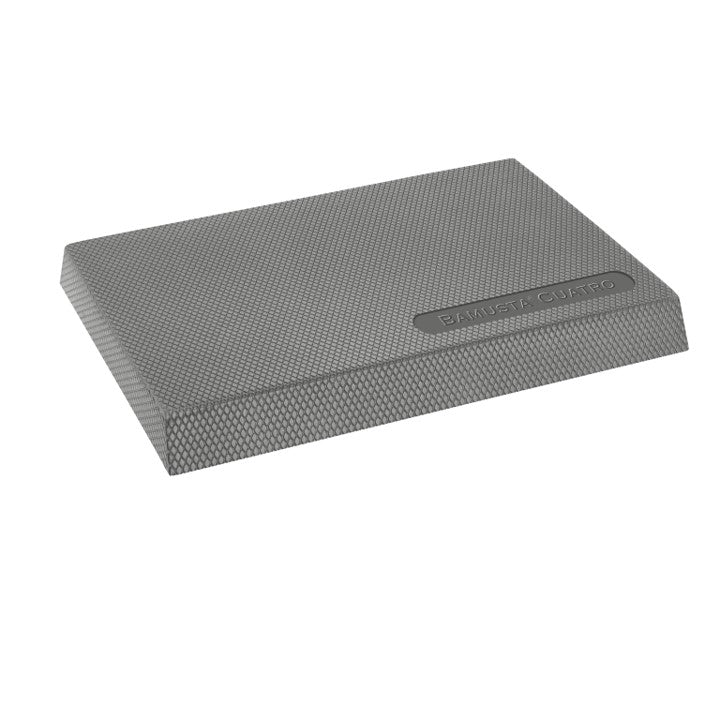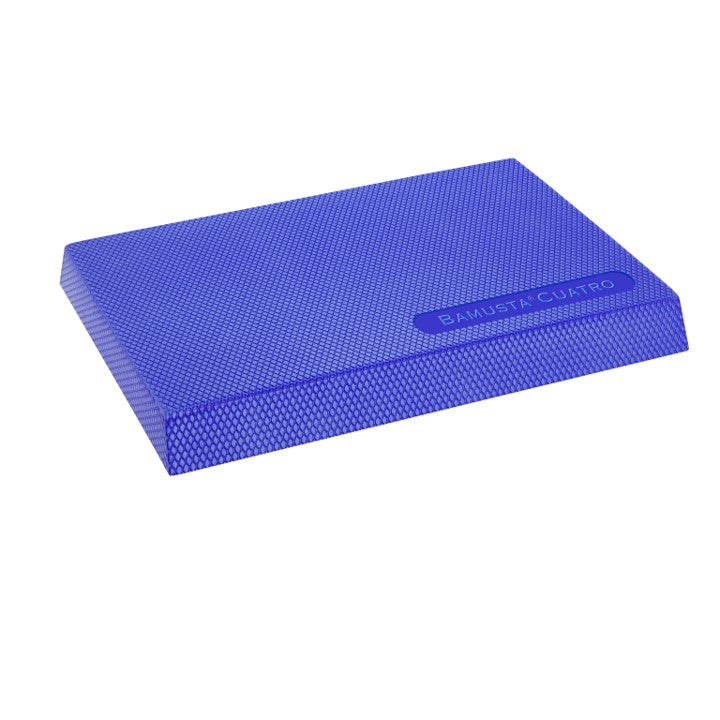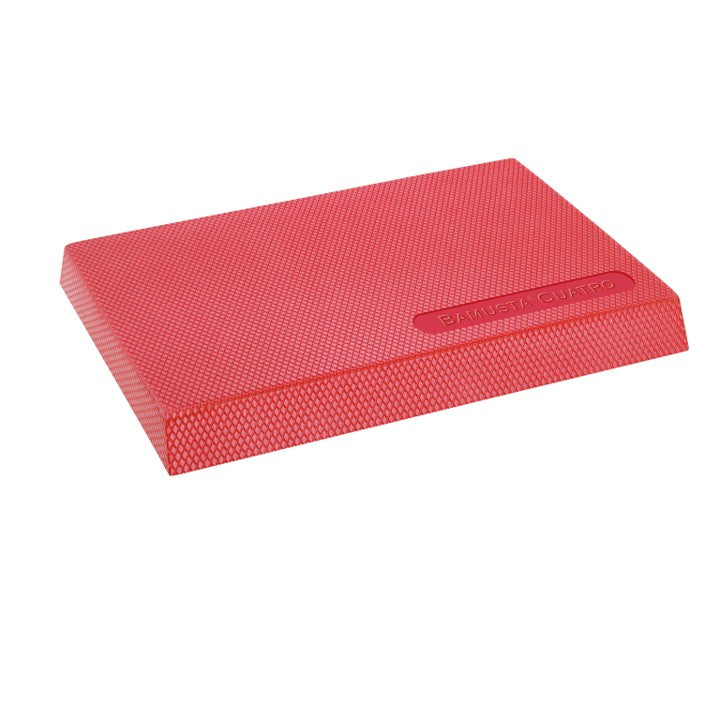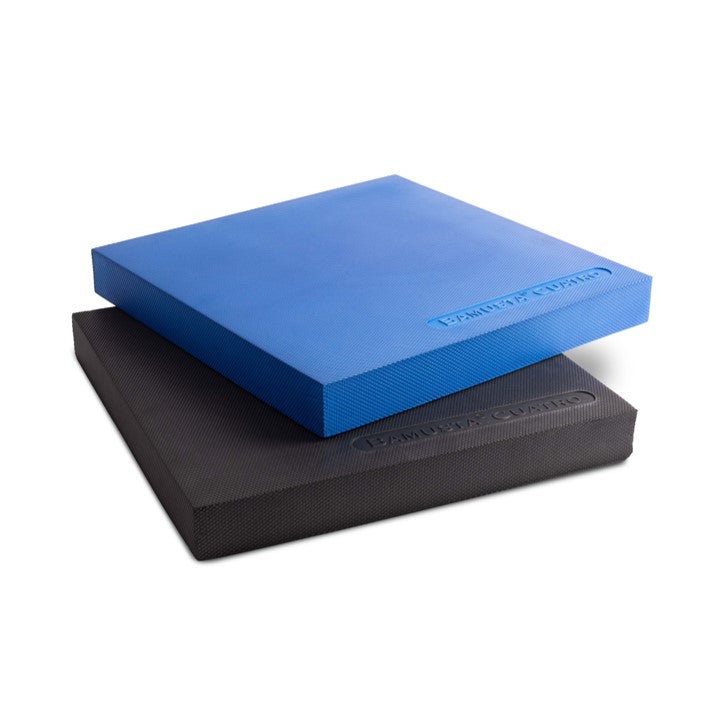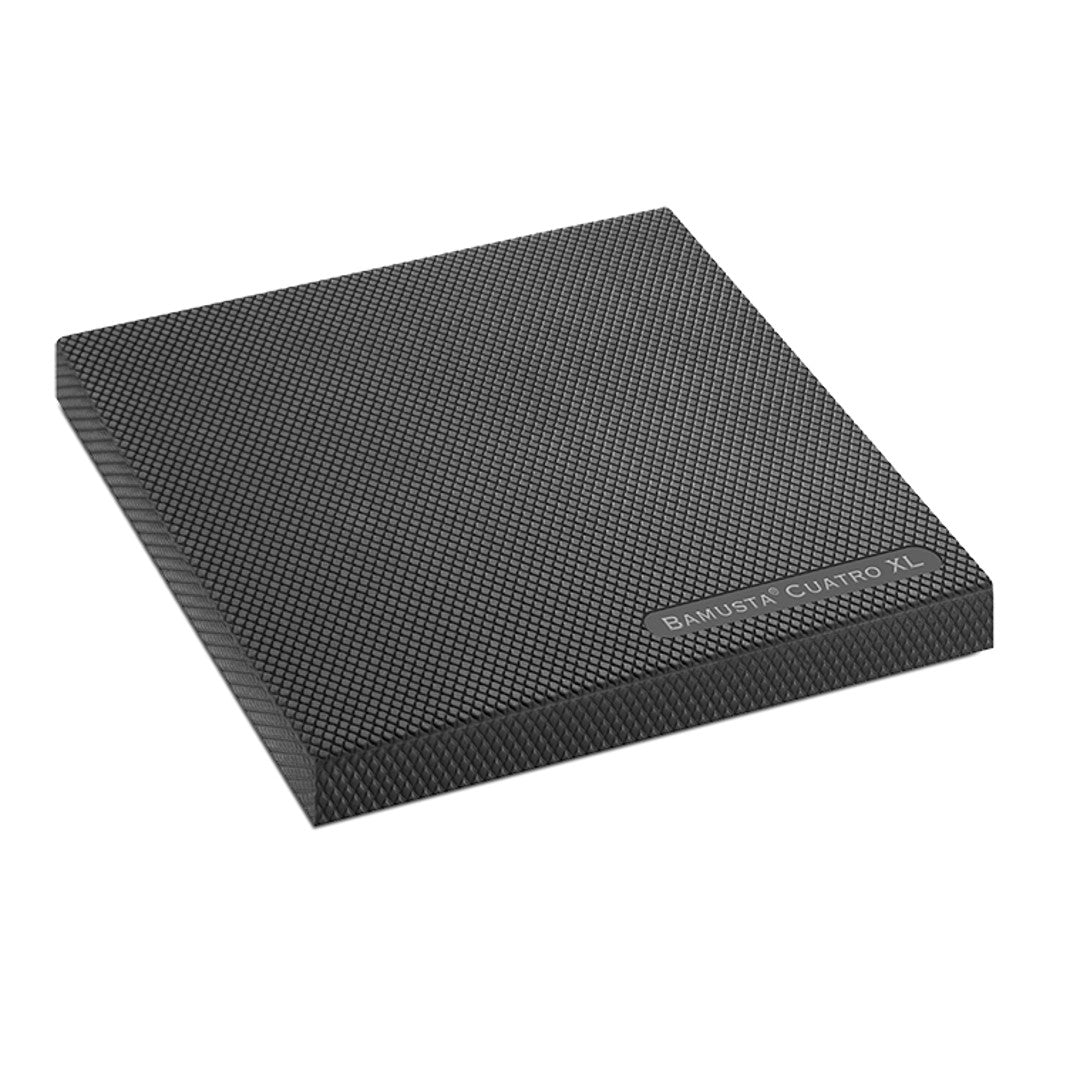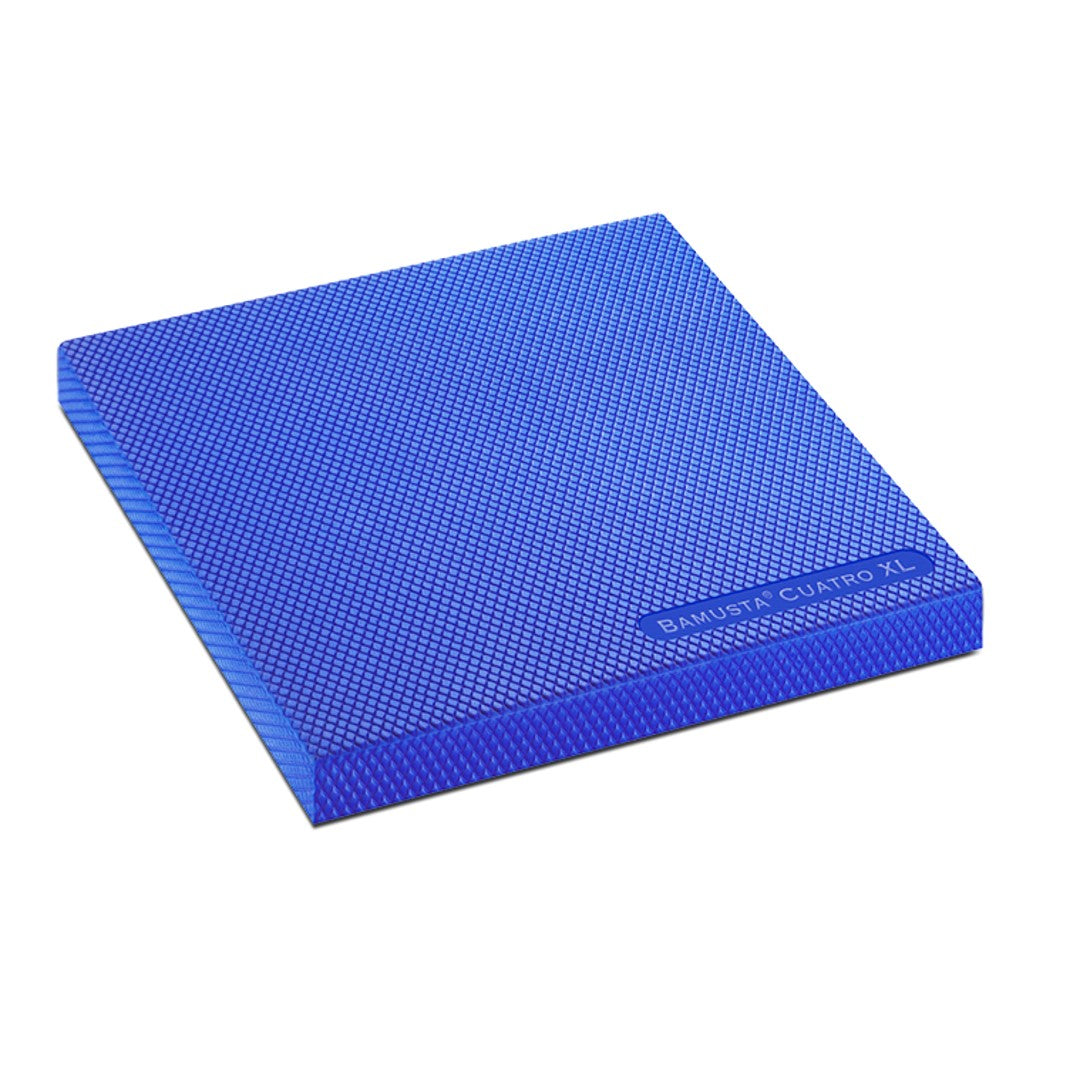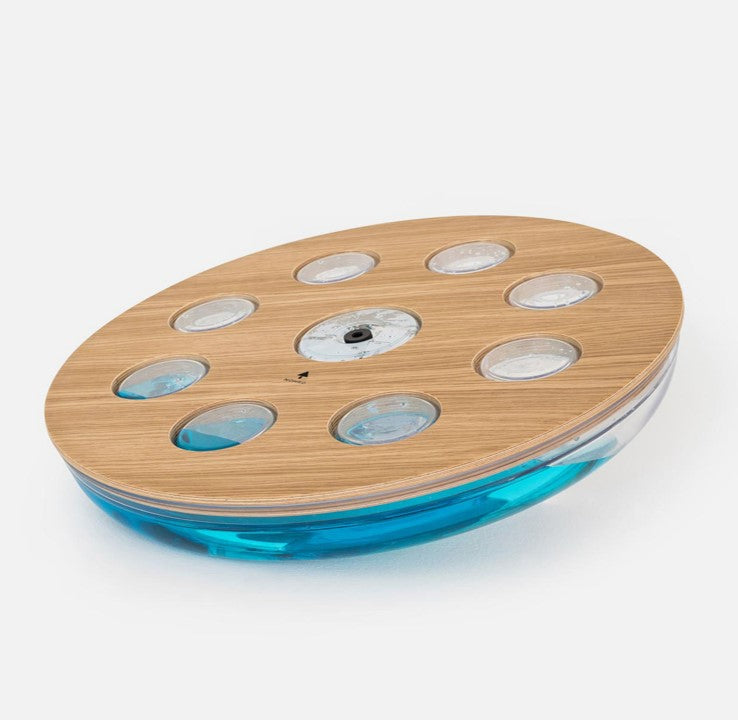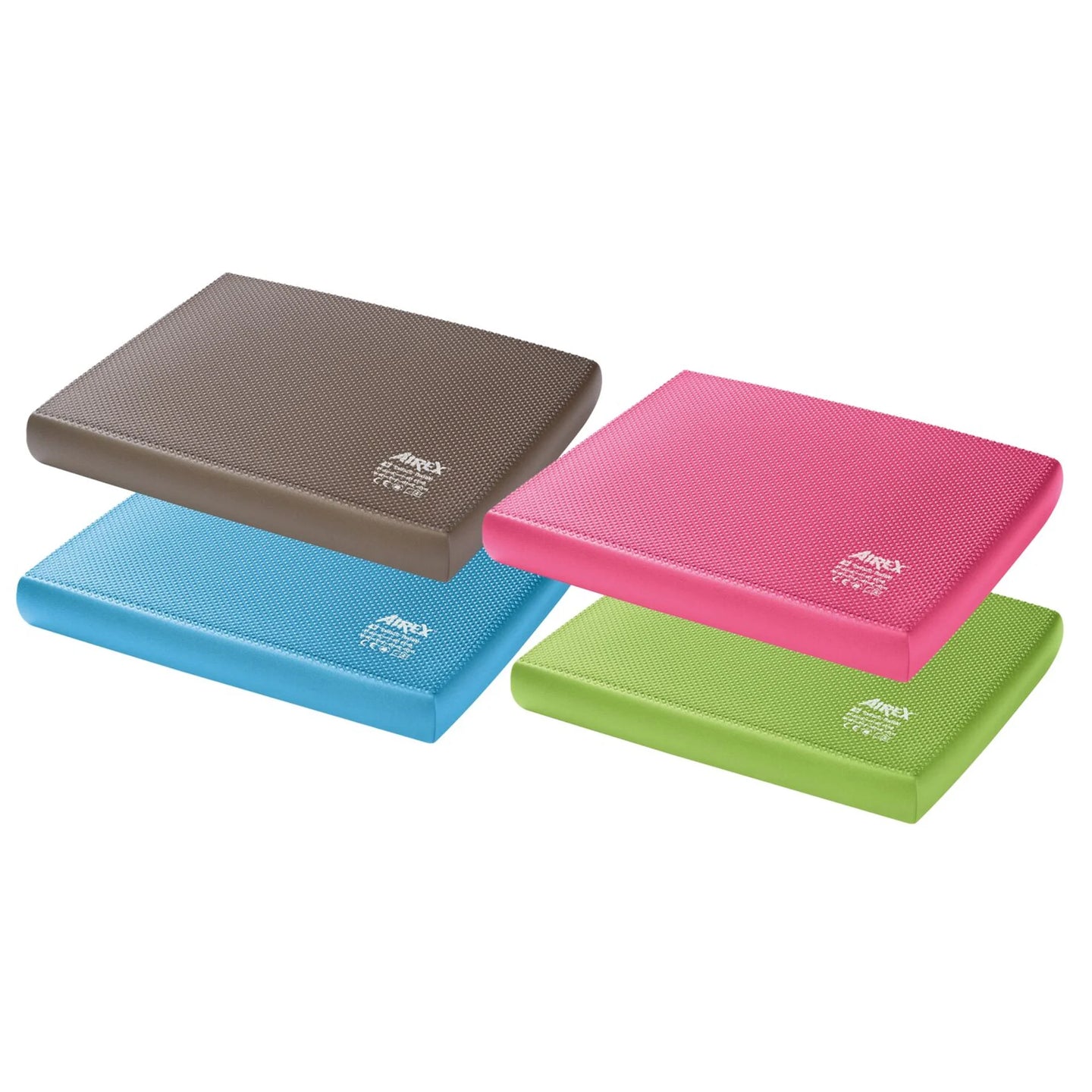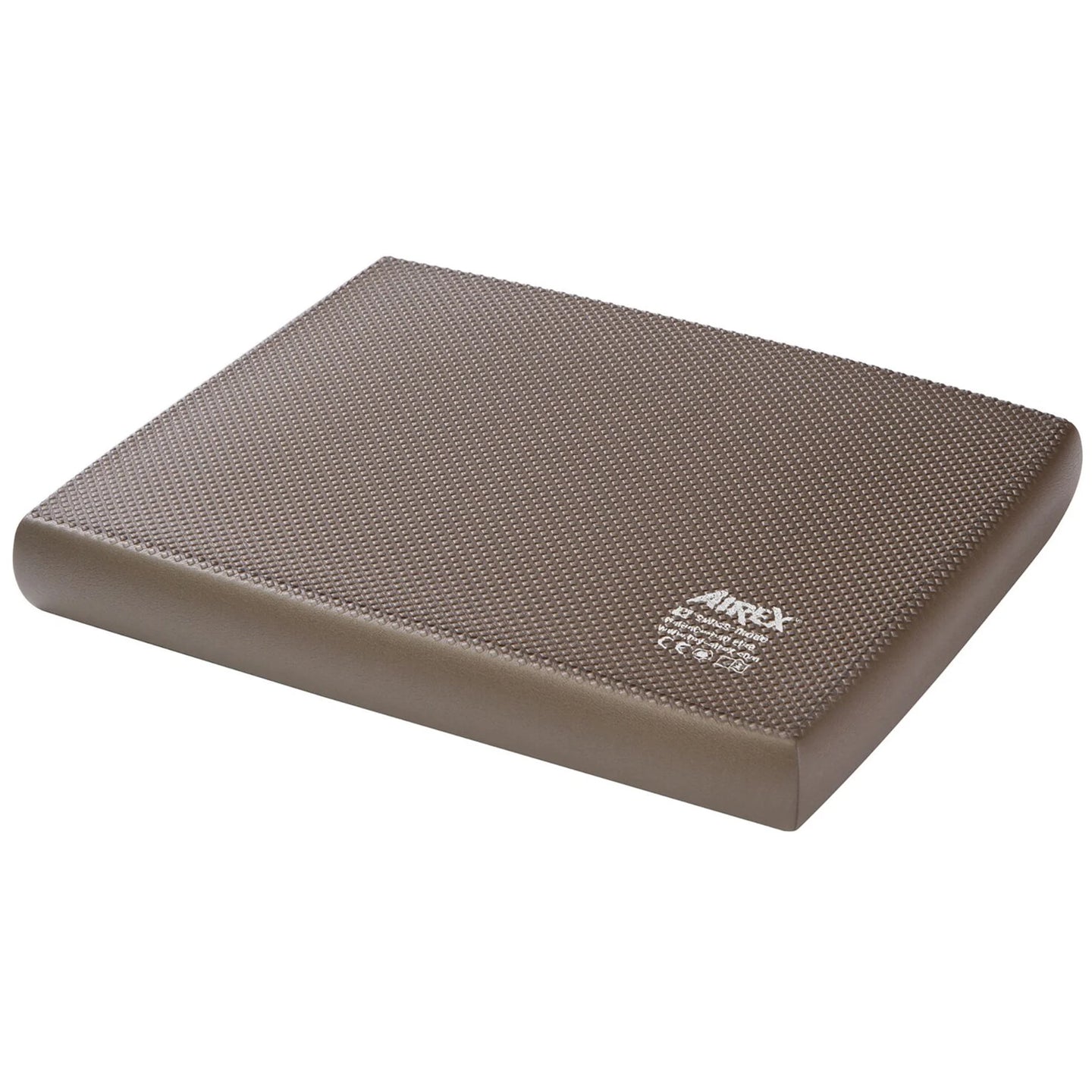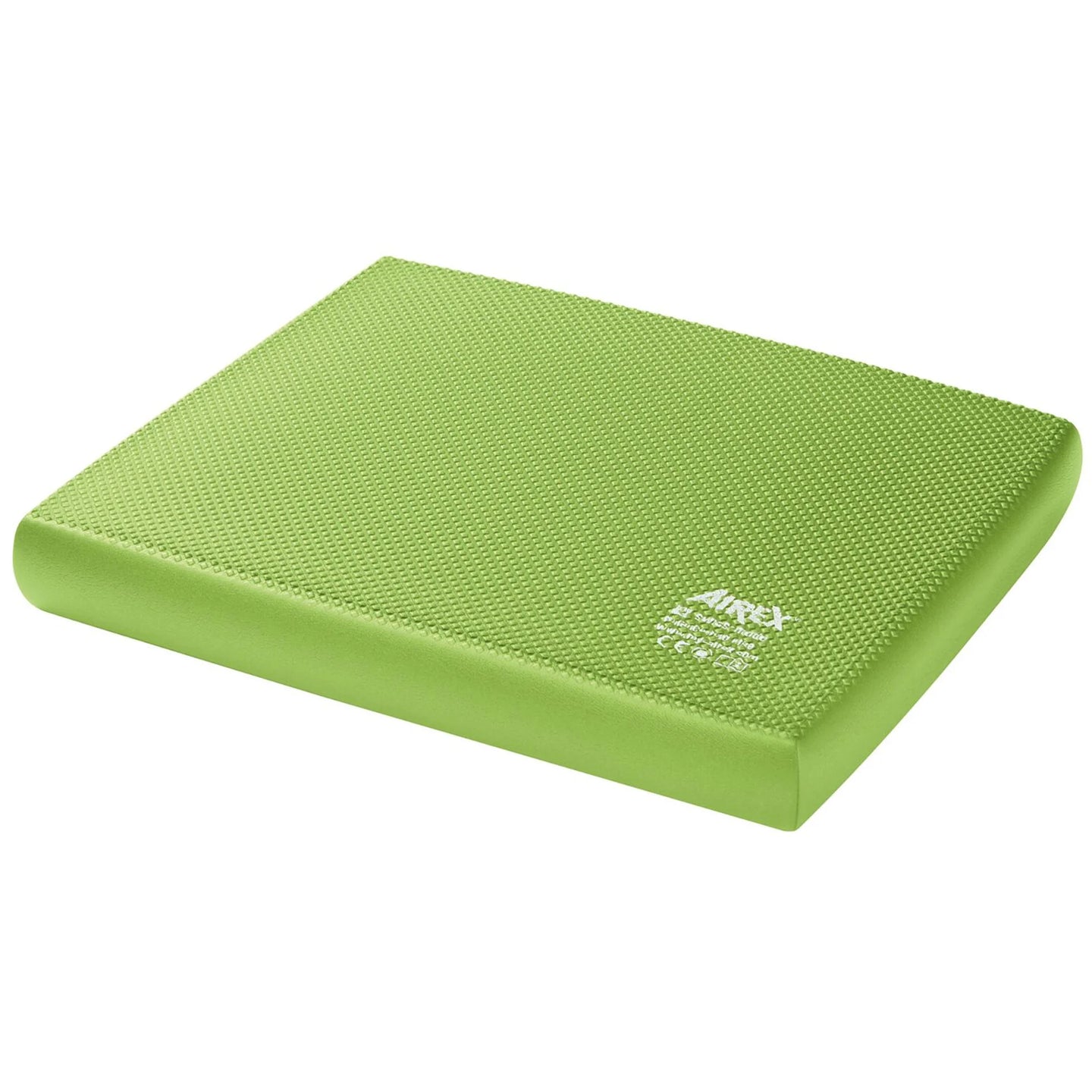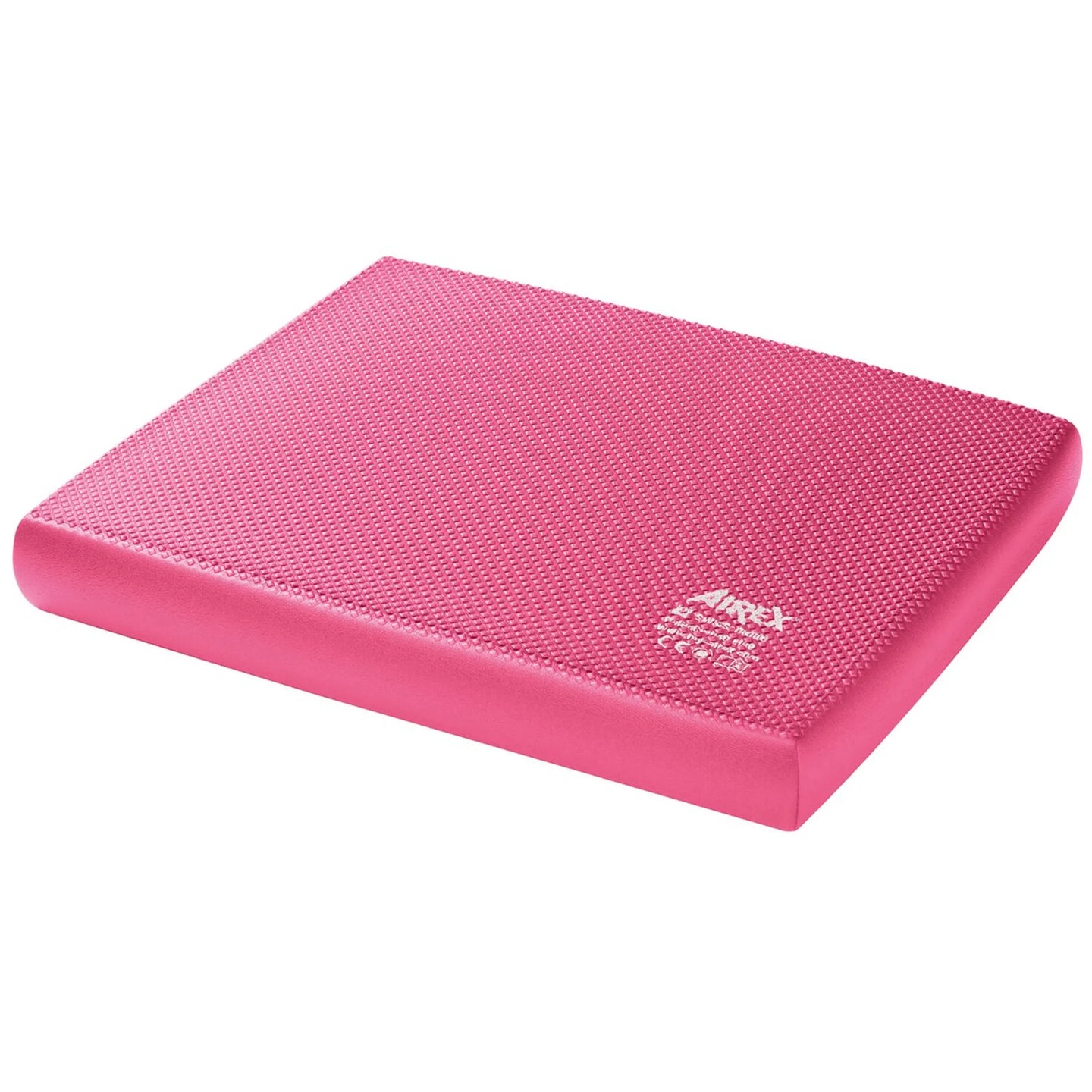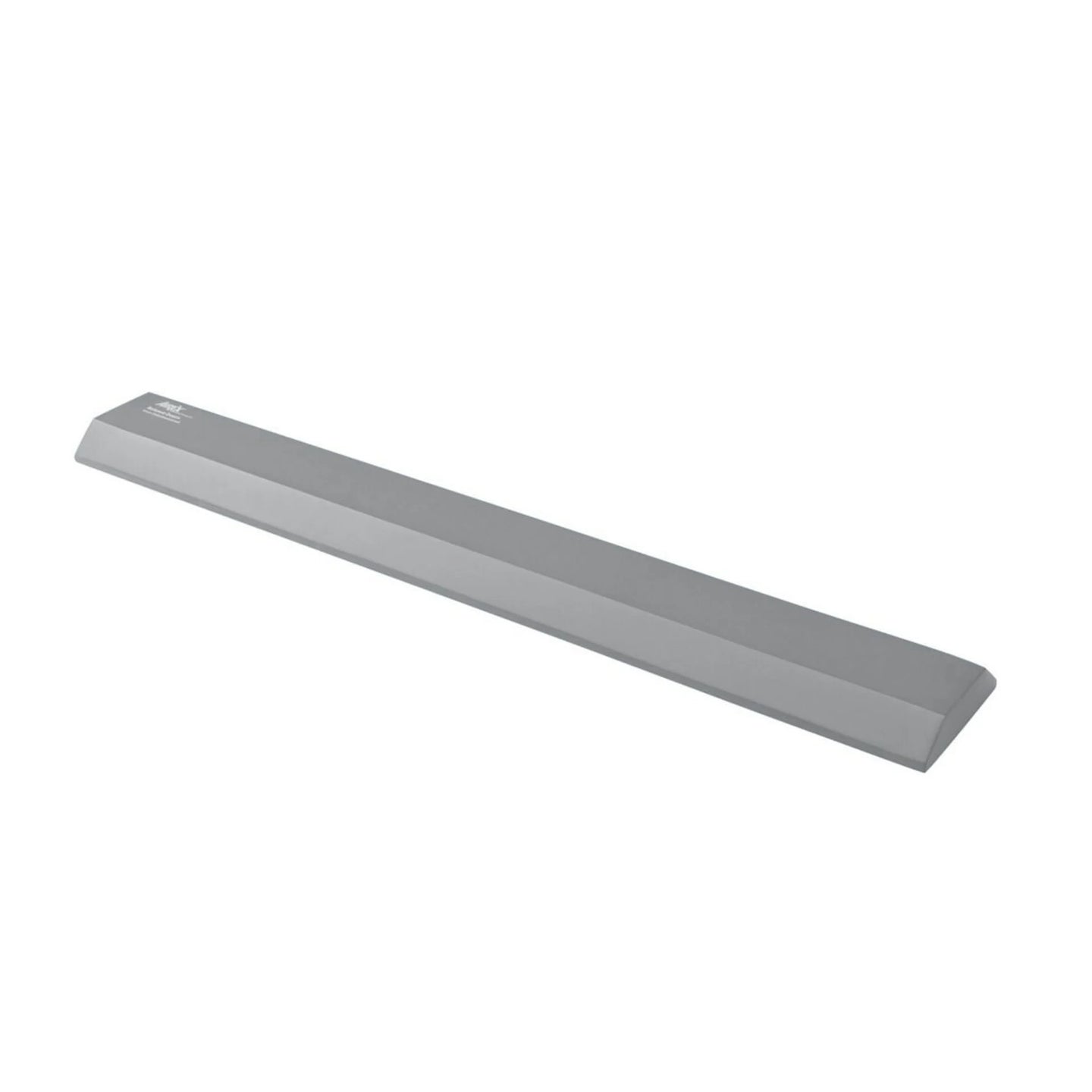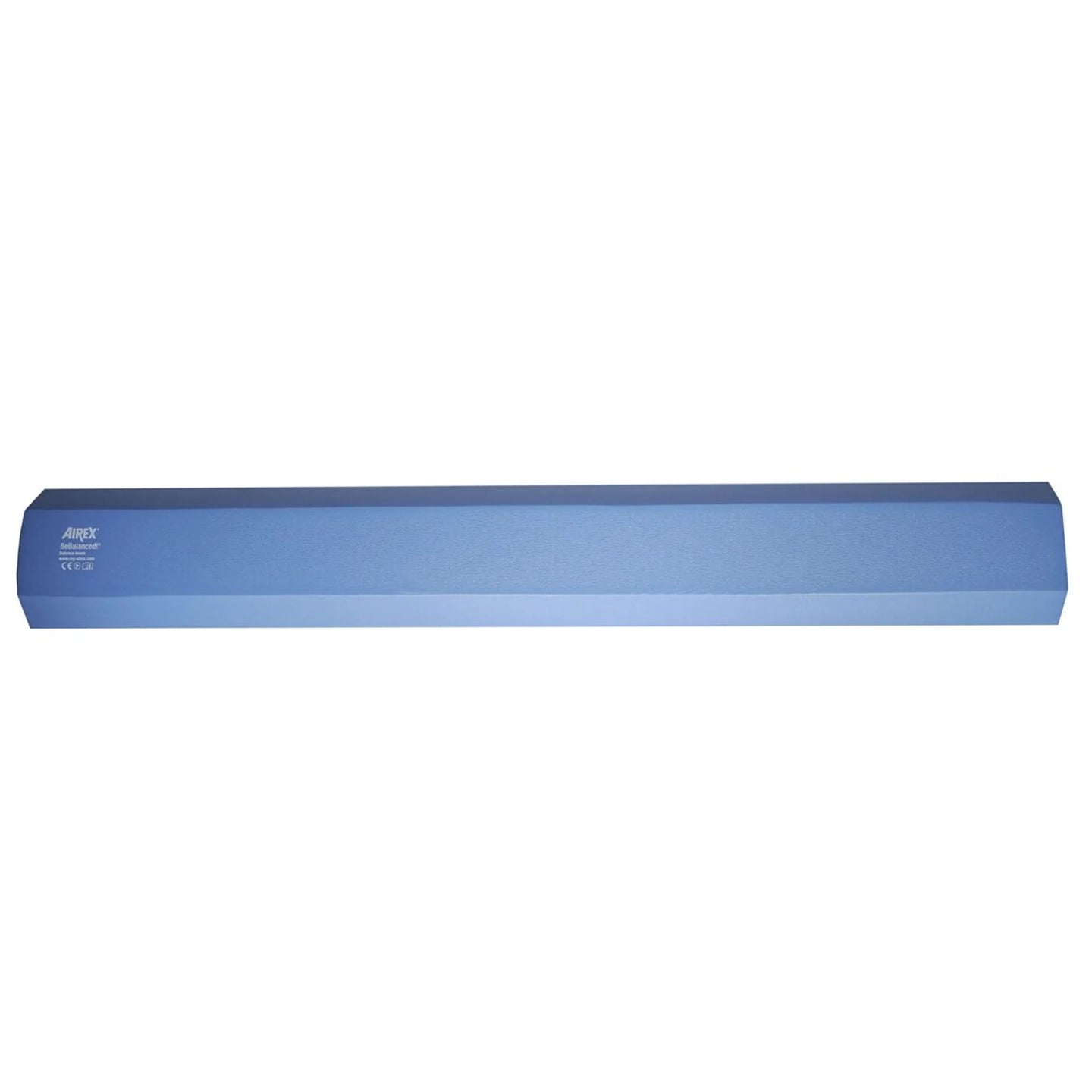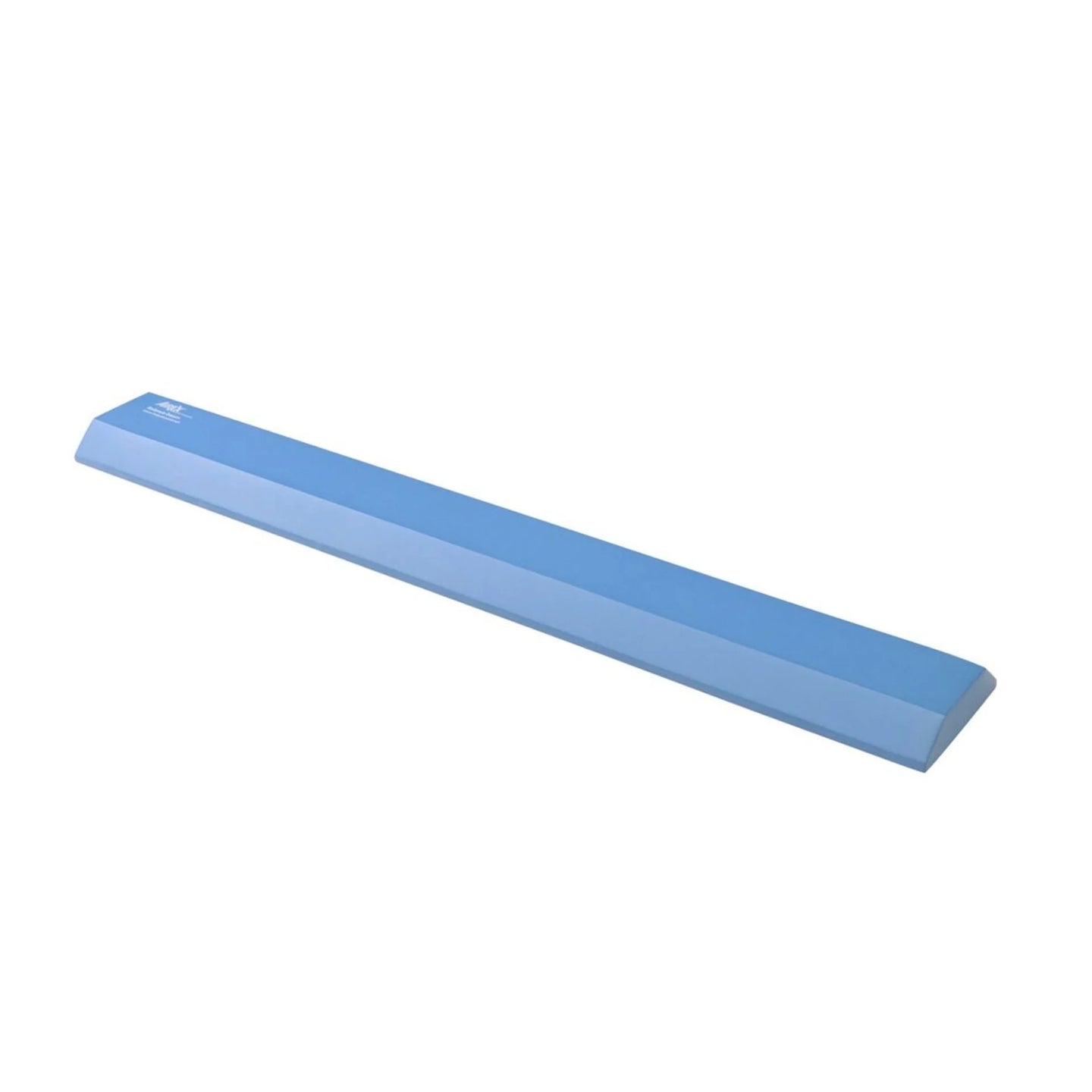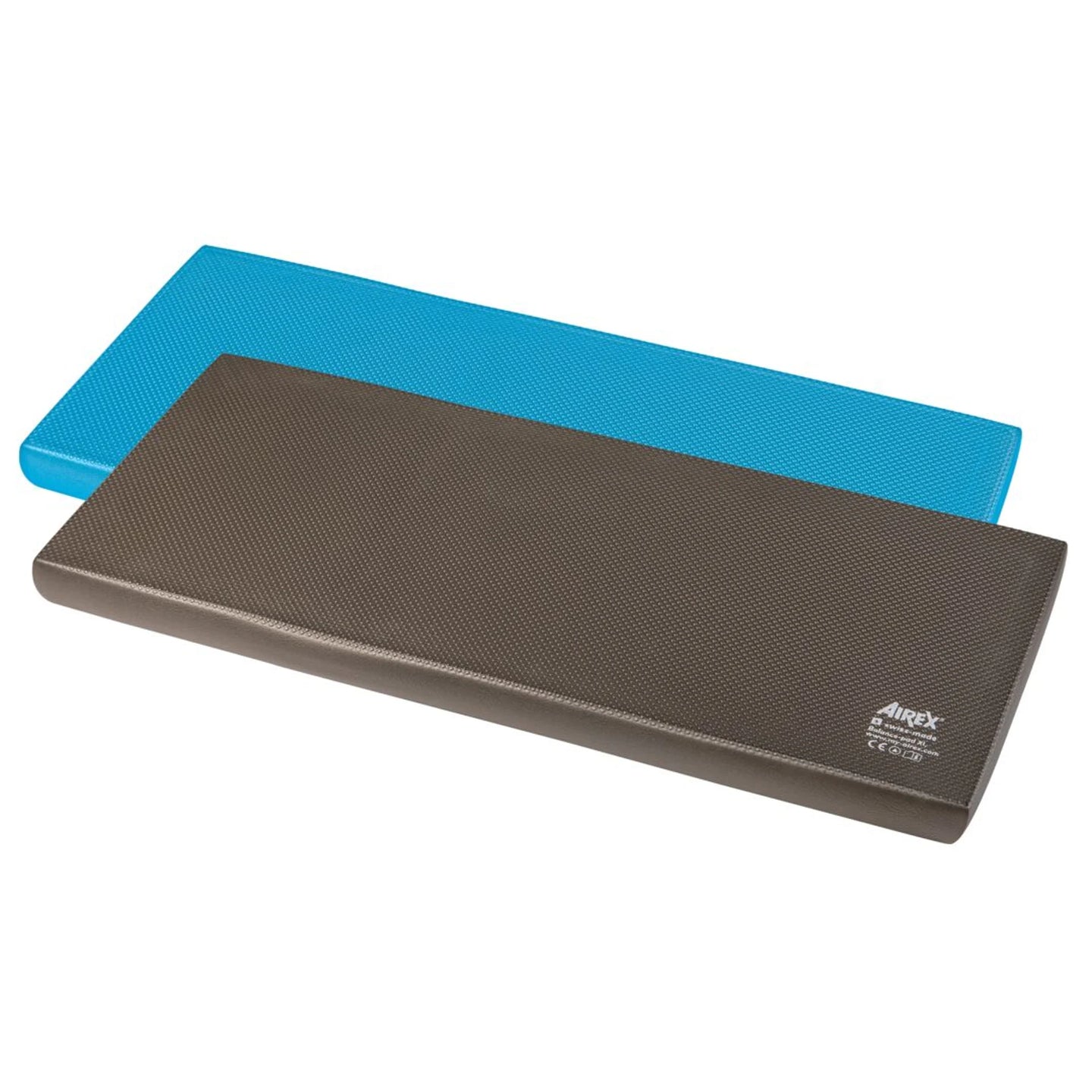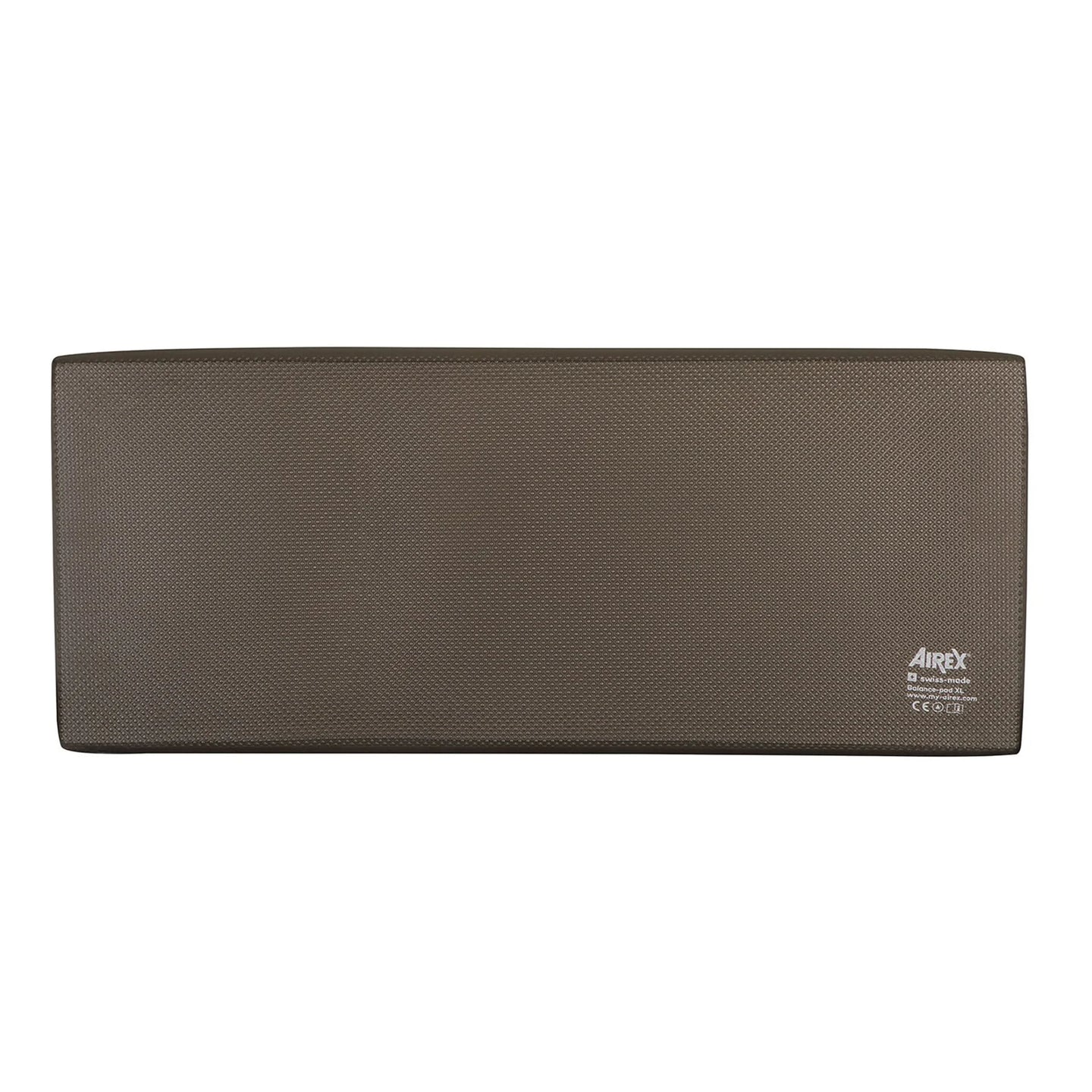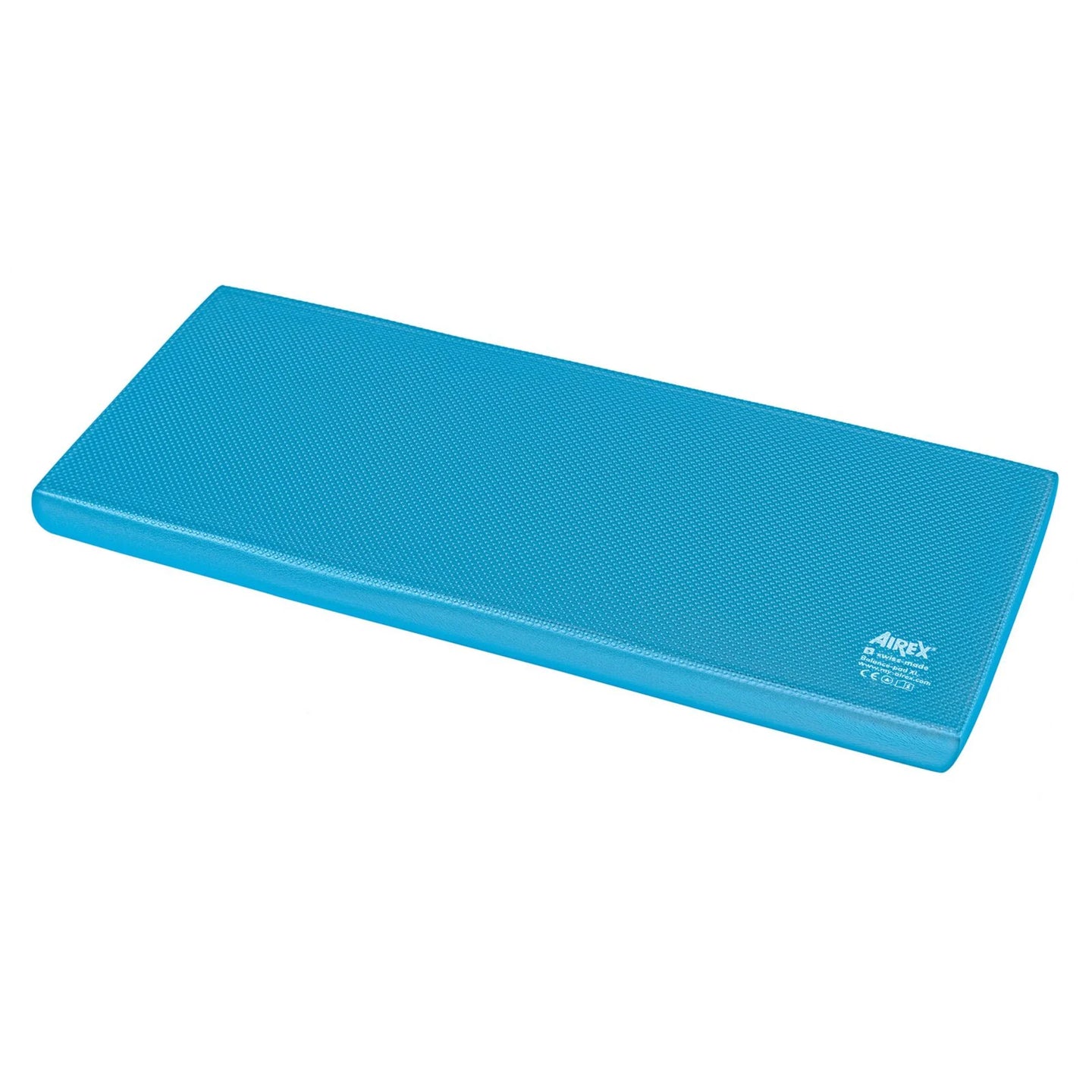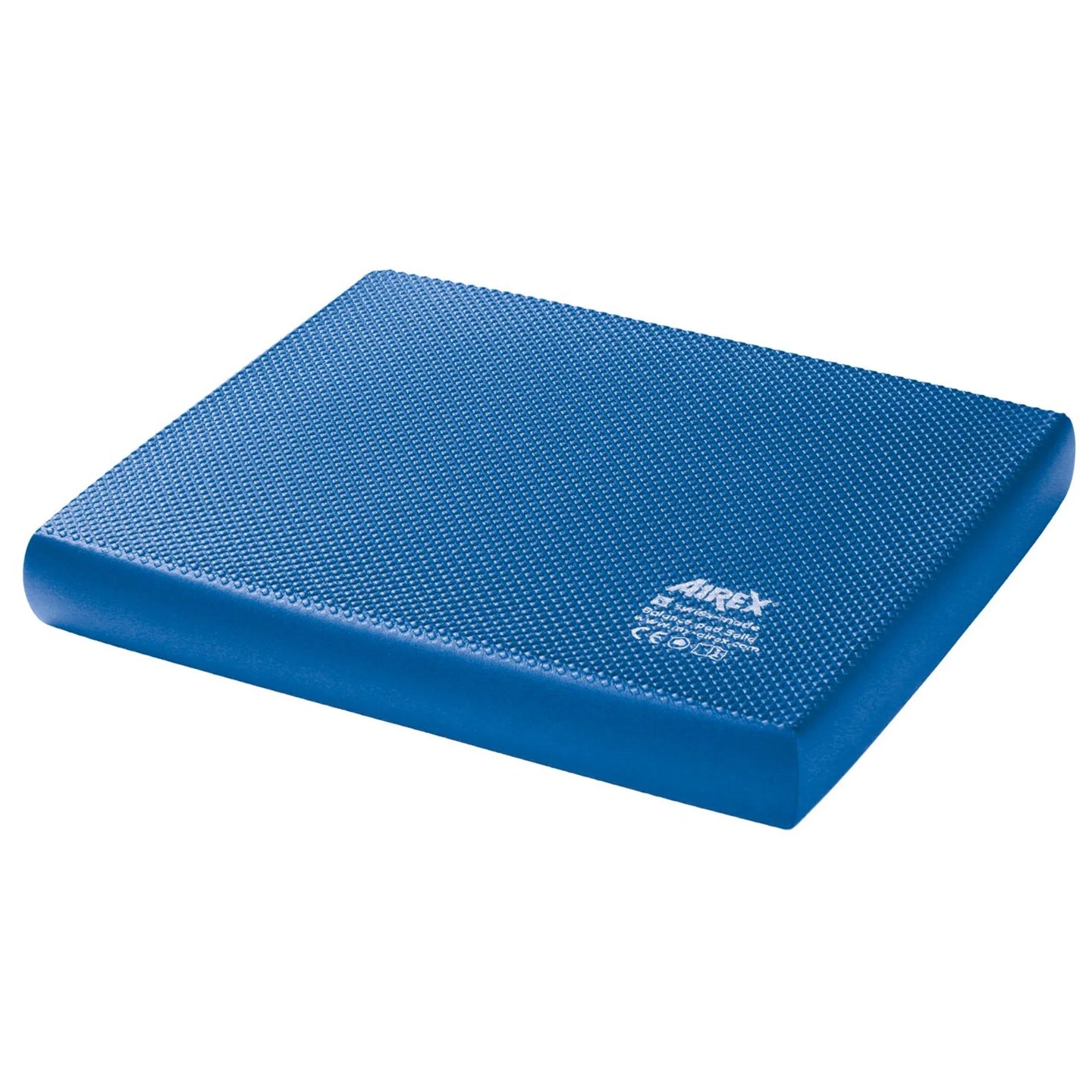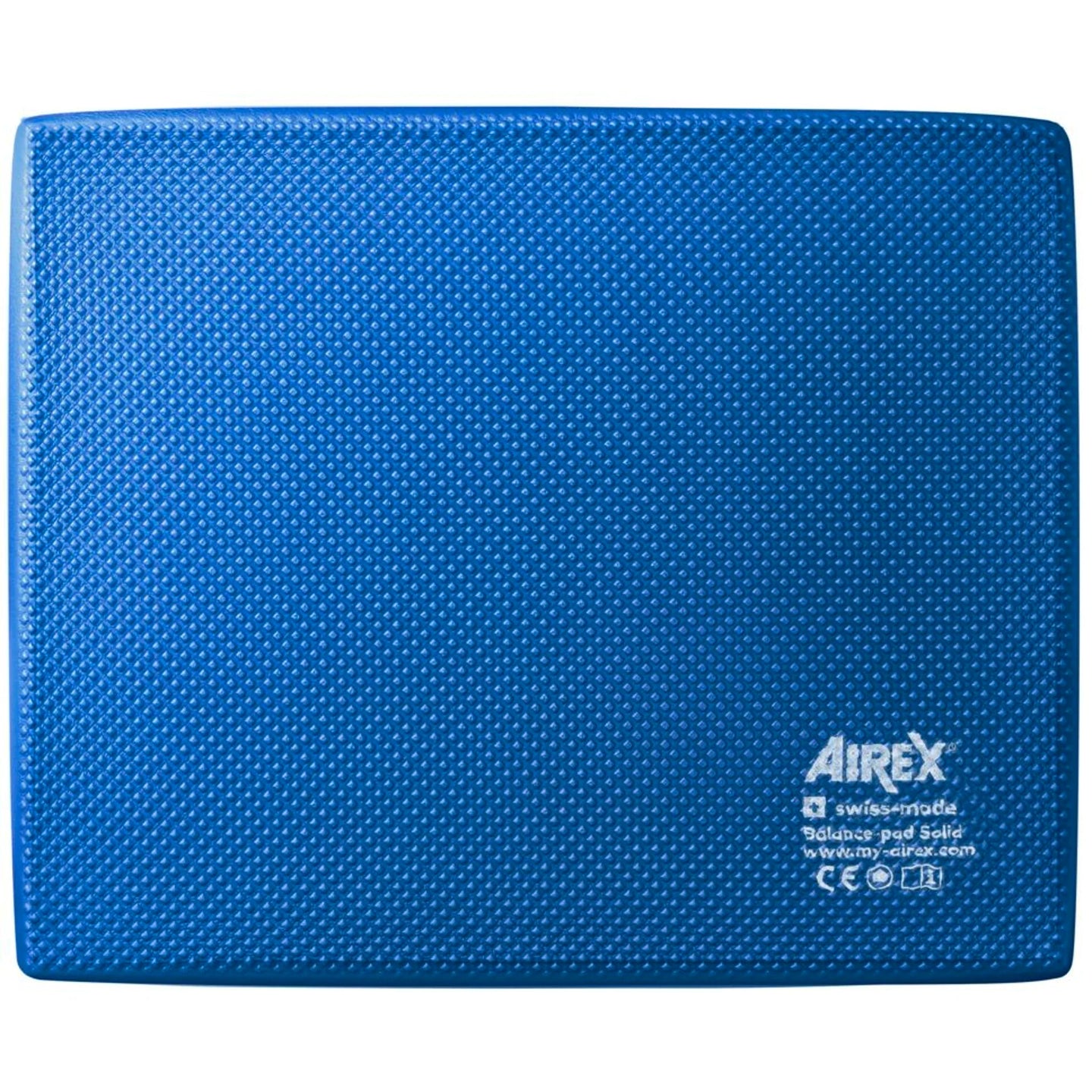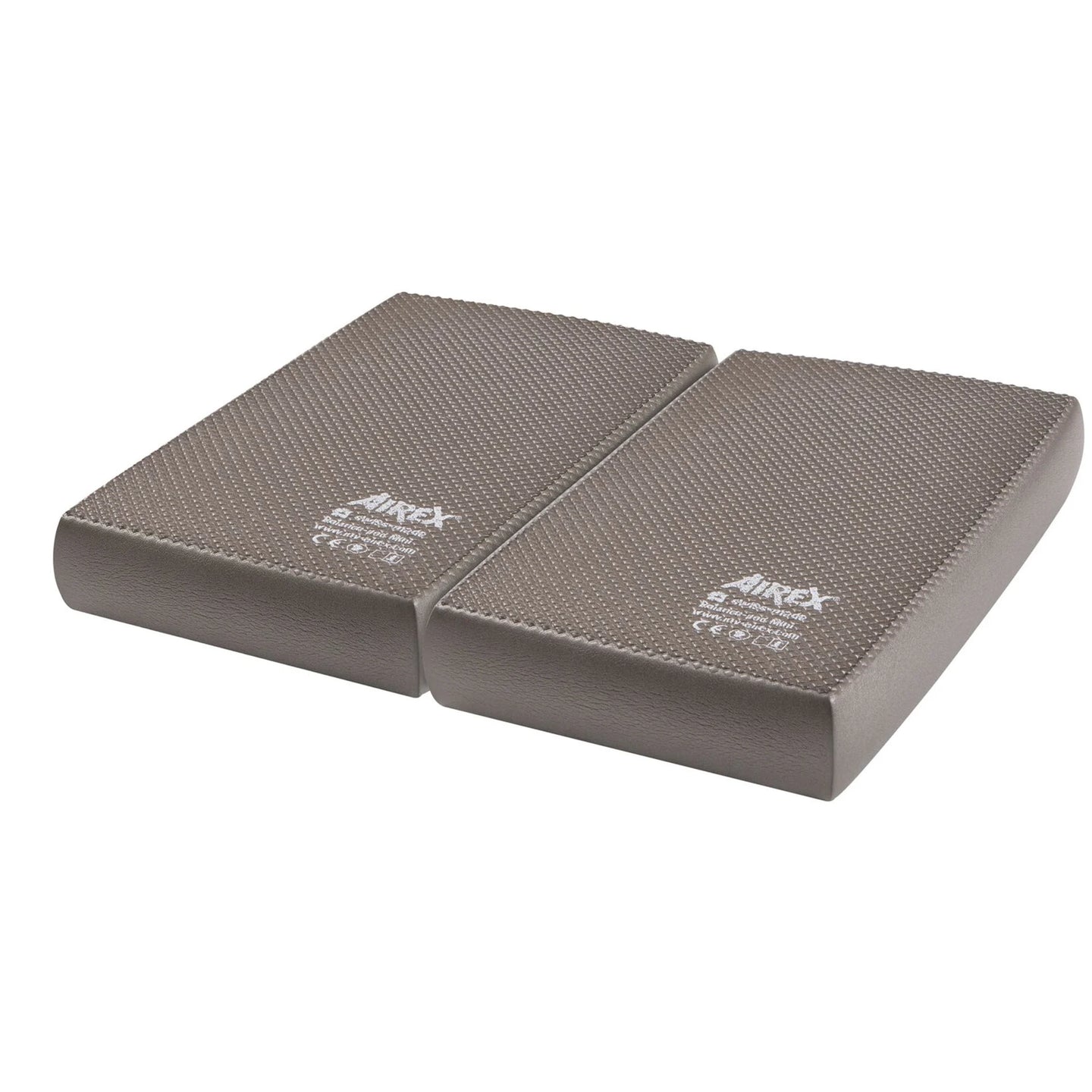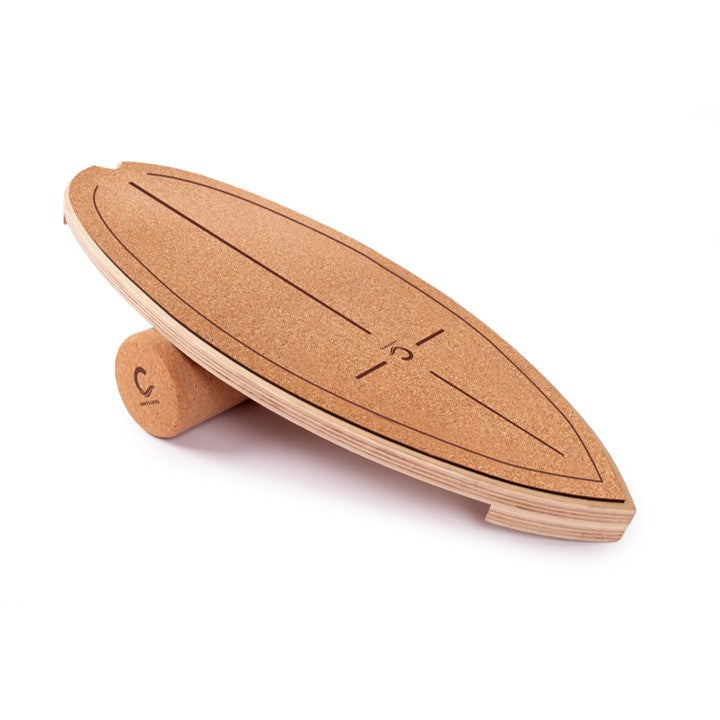Filters
-
-
-
-
-
Balance trainer cork 39.5 x 7.5 cm
Regular price €33,53 -
-
-
NOHrD Eau-Me - Balanceboard
Regular price From €251,26 -
-
AIREX® Balance pad Mini 41 x 25 cm
Regular price €50,38 -
-
-
AIREX® Balance pad Solid 46 x 41 cm
Regular price €75,59 -
AIREX® Balance pad Mini Duo 41 x 25 cm
Regular price €83,99 -
Balance Board Surf - Cork 74 x 30 x 12 cm
Regular price €67,14 -
Balance Board Cork - Surf curved 74 x 28 x 12 cm
Regular price €67,14
Ordering, delivery & care.
Can I get advice before purchasing?
Yes! Our team will be happy to assist you with your product selection – by phone, email, or in person at our showroom. Together, we'll find the right equipment for your training.
How quickly will the delivery take place?
We deliver quickly and reliably. You can find the exact delivery times directly on the respective product page or during checkout. We're happy to help with any questions about availability.
Will my device be delivered pre-assembled?
Many fitness equipment items are delivered partially assembled. Easy-to-follow assembly instructions are included. Many pieces of equipment can be assembled independently; for more complex items, we recommend a second person. If you require assembly service, please contact us.
How do I properly care for my fitness equipment?
Wipe down moving parts regularly, check screw connections for tightness, and ensure storage in a dry environment. For some devices, occasional lubrication is recommended—you can find information on this in the respective manual.
Not sure which product is right for your training goals? No problem! Our experienced team will take the time to talk to you – by phone (08142/448666), email, or visit our showroom. Together, we'll find the optimal solution for your needs.
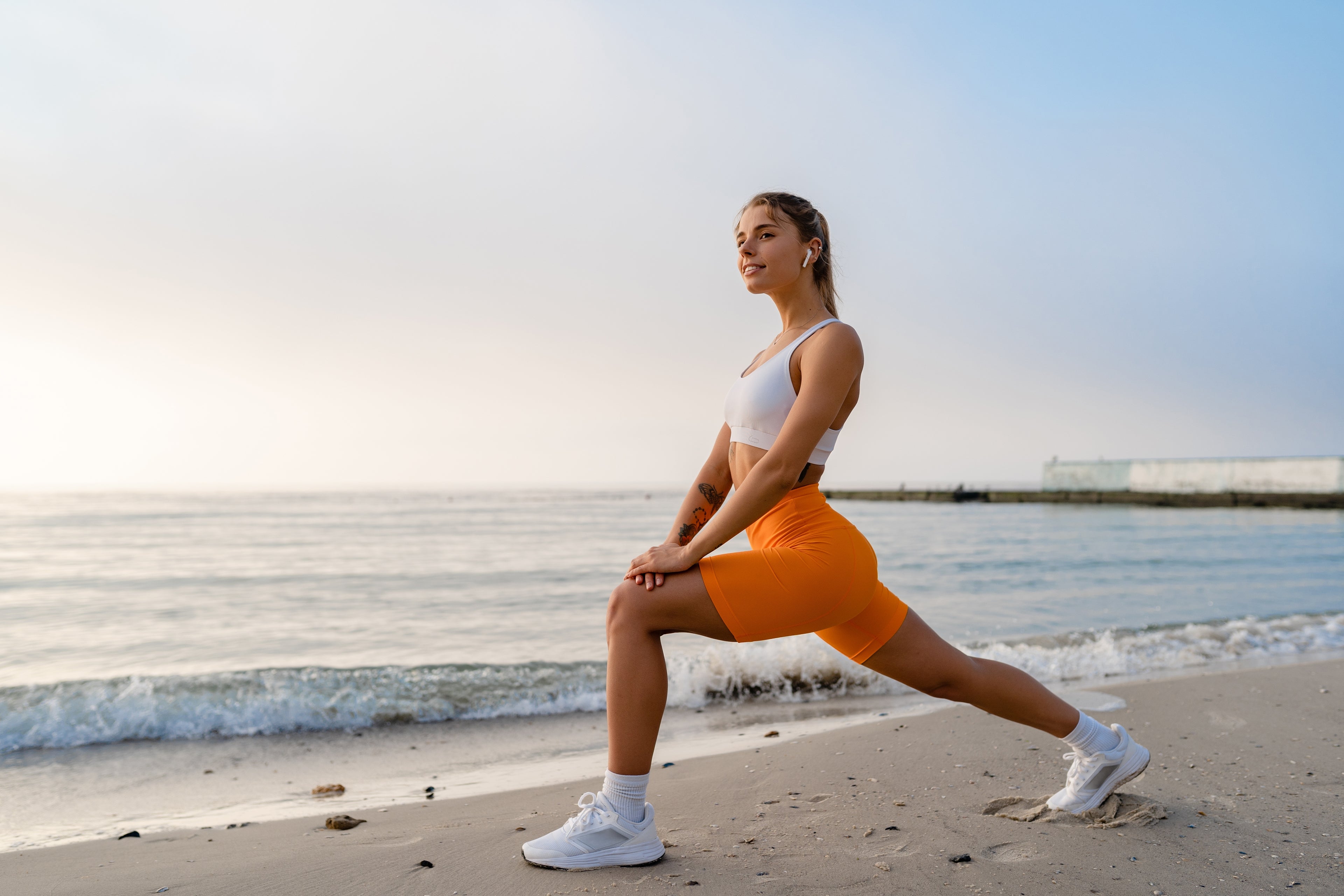
Balance Pad - Exercises for balance and equilibrium
A balance pad is typically made of special, high-density foam that creates an unstable surface. This instability forces the body to continually perform small compensatory movements to maintain balance. This activates not only the larger muscle groups, but also the deeper, stabilizing muscles . Training with a balance pad specifically strengthens the muscles of the feet, legs, torso, and back. Because the body must constantly react to changes in the surface, proprioception – the ability to sense and adjust one's body position in space – is also trained.
Why should you incorporate a balance pad into your training?
The benefits of a balance pad are diverse and apply not only to athletes, but also to people who want to regain mobility after injuries or who want to strengthen their joints and muscles as a preventative measure. One of the greatest advantages is the improvement of balance and coordination . Regularly training on a balance pad develops the ability to maintain balance in different situations. This is important not only in sports but also in everyday life – especially for older people, as good balance significantly reduces the risk of falls.
In addition, training with a balance pad helps strengthen the core muscles. These small, stabilizing muscles are often neglected in conventional exercises, but are essential for healthy posture and injury prevention. Due to the gentle yet effective exercise, the balance pad is also ideal for rehabilitation after injuries. Physiotherapists often use it to restore stability to the affected joints after knee or ankle injuries.
Another major advantage is the balance pad's joint-friendly properties . Thanks to the soft yet stable foam structure, shock and stress are reduced, which is particularly beneficial for people with sensitive joints or existing joint pain. At the same time, the balance pad can be integrated into strength training exercises to increase intensity and achieve additional stabilization effects.
What exercises can be done with a balance pad?
The balance pad can be used in numerous ways to train different muscle groups and skills. Some of the most popular and effective exercises include:
I. One-legged stance: This involves standing with one leg on the balance pad and holding the position for a certain amount of time. This exercise improves balance and ankle stability .
II. Squats: Performing squats on the balance pad places more intensive strain on the entire leg and gluteal muscles, as maintaining balance requires additional stabilization work .
III. Planks: The classic forearm support position on a balance pad activates the deep abdominal muscles and promotes core stability .
IV. Push-ups: If push-ups are performed with the hands or feet on the balance pad, the training for the chest, arm and shoulder muscles is intensified.
V. Lateral lunge: This exercise improves leg muscles, coordination and mobility.
Integrating a balance pad into your training not only provides more variety, but also increases the effectiveness of the exercises, as the unstable surface challenges the muscles in a new way.
What should you look for when buying a balance pad?
When purchasing a balance pad, there are several important criteria to consider to find the right model for your individual needs. A high-quality balance pad is made of durable, long-lasting foam that provides sufficient cushioning while creating enough instability to achieve the desired training effects.
The size of the balance pad also plays a role. While smaller models are ideal for targeted balance exercises and single-leg exercises , larger pads offer more space and are particularly suitable for full-body workouts . Another important factor is slip resistance . A textured or non-slip surface ensures the balance pad sits securely on the floor and minimizes the risk of slipping. The material should also be easy to maintain and clean, as the pad regularly comes into contact with sweat and dirt.
Load capacity is also a crucial criterion. While most balance pads can support a high user weight, there are special models designed for more intensive use—for example, for use in professional sports or in physiotherapy practices.
Why a balance pad should not be missing from any training
The balance pad is a true all-rounder in the areas of fitness, rehabilitation, and prevention. It enables effective balance training, strengthens core muscles, and can be used both in everyday life and in competitive sports. Its numerous applications make it an ideal training tool for young and old. Anyone who wants to benefit from increased stability, coordination, and strength in the long term should incorporate training with a balance pad into their daily routine.
Whether you're looking for a tool for your home workout, want to deepen your yoga practice, or want to get back into shape after an injury, a balance pad is a worthwhile investment for your health and fitness. Get your balance pad now and experience for yourself how effective and versatile your training can be! Buy your balance pad now at motion sports!



